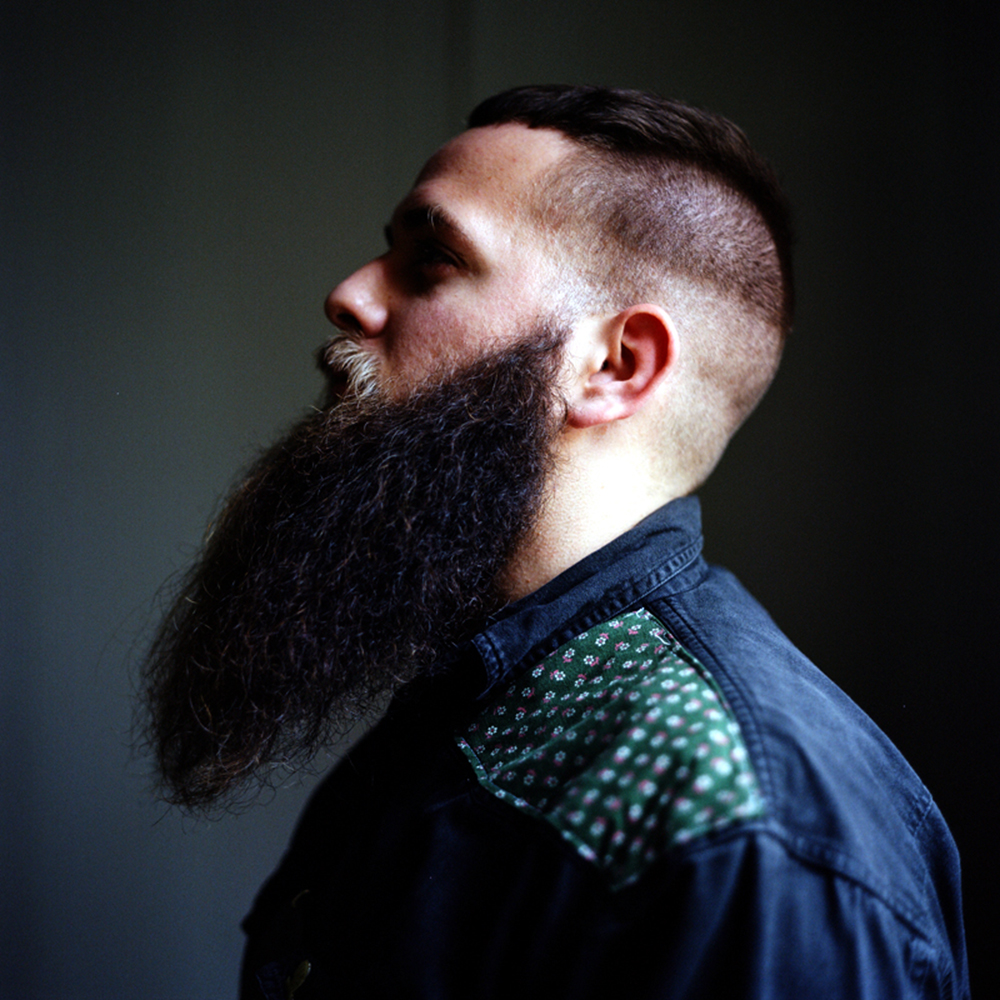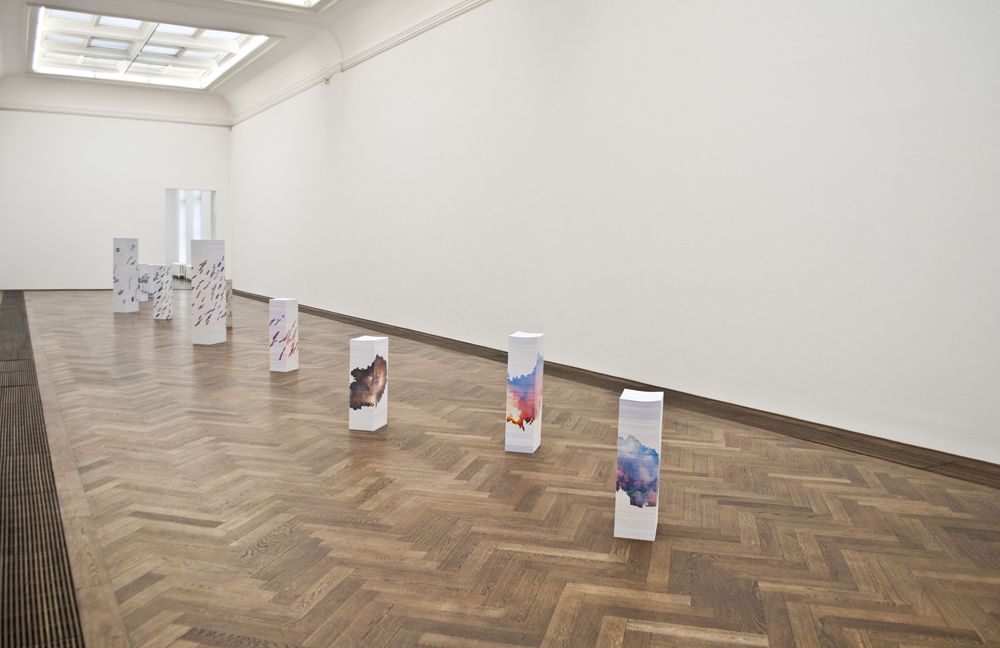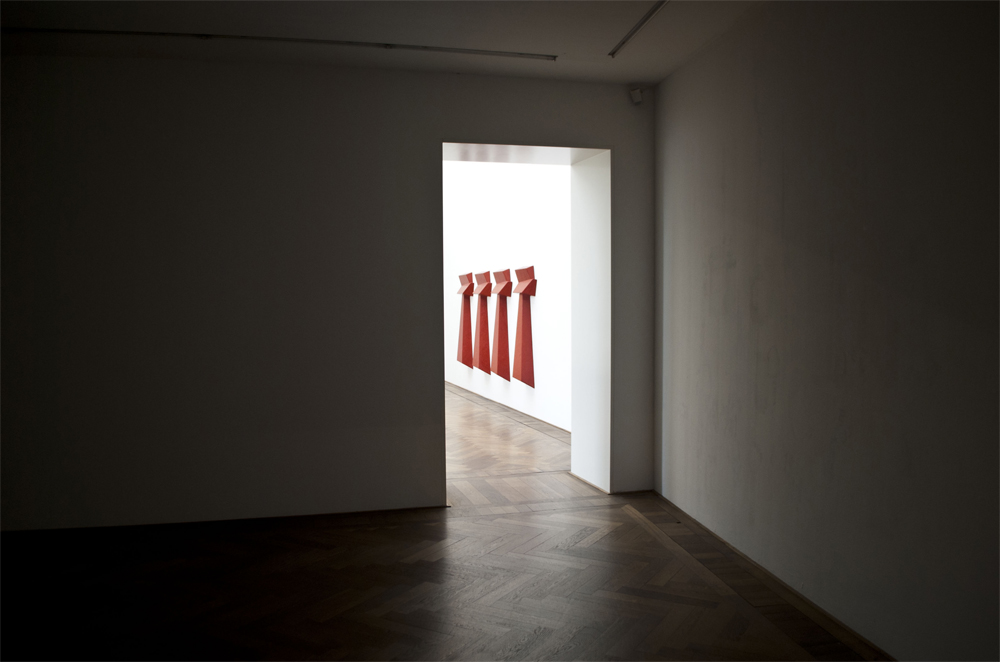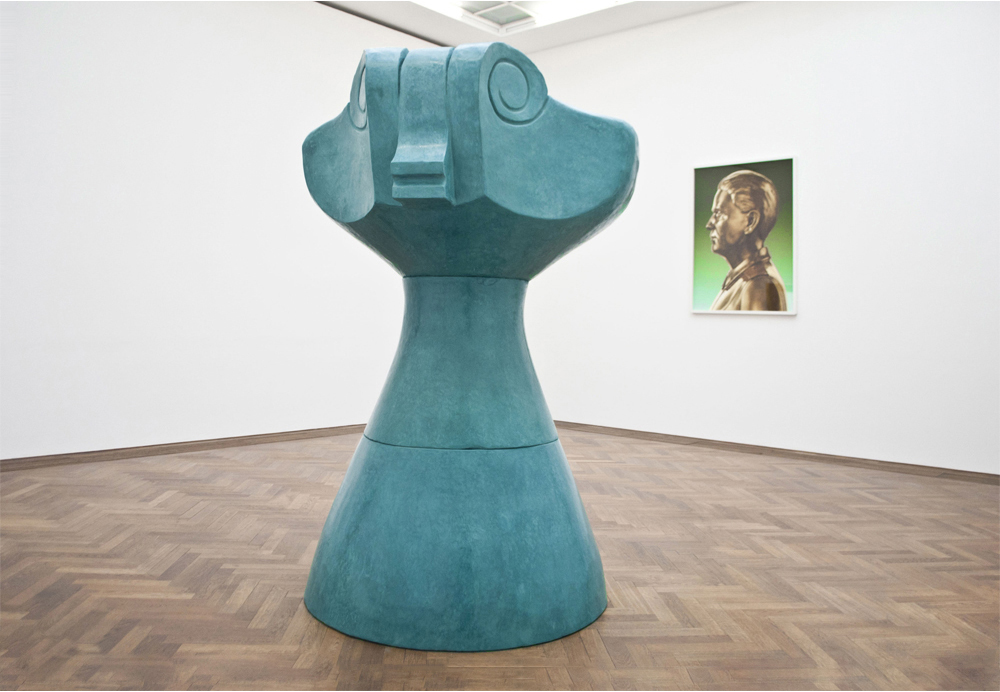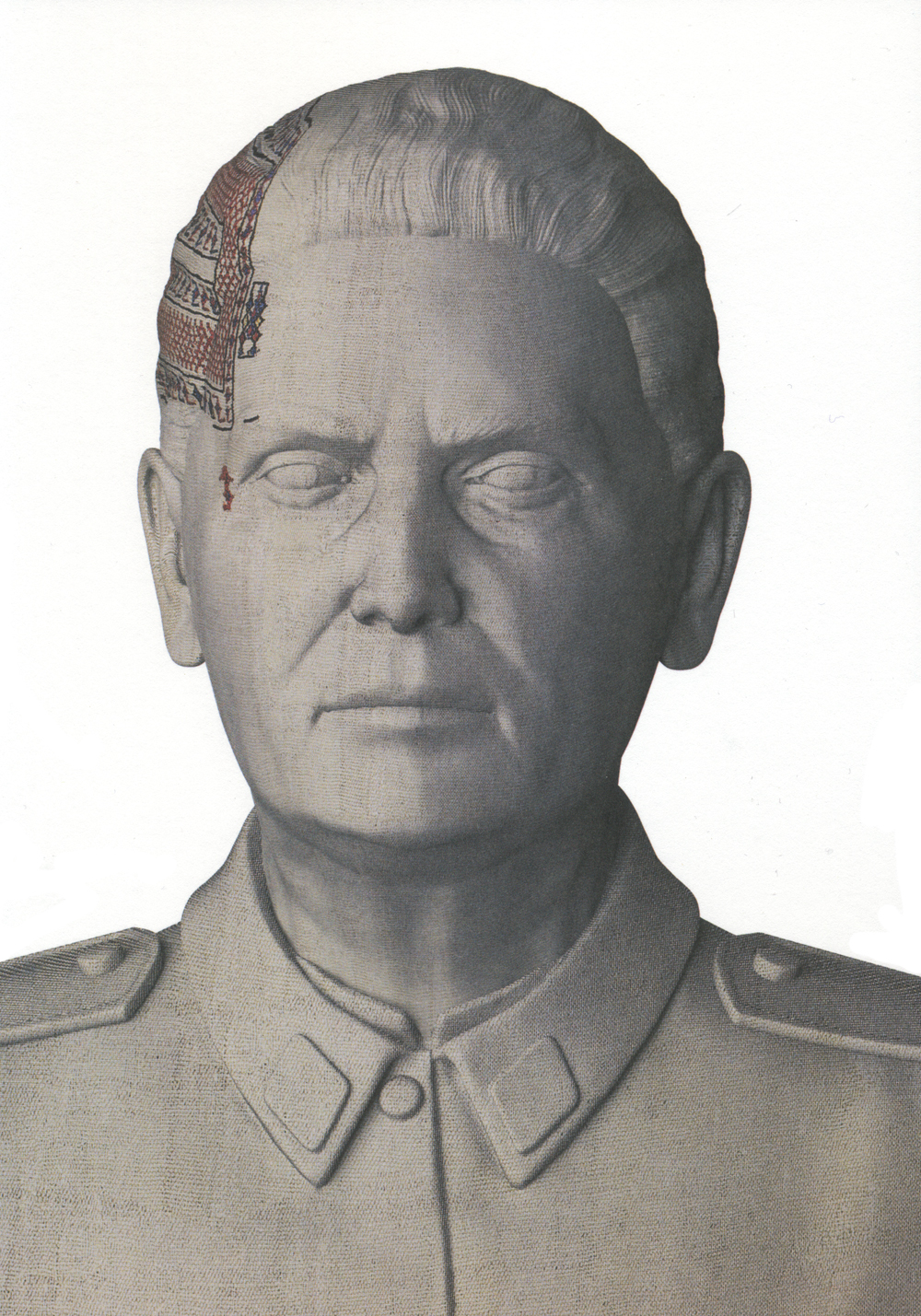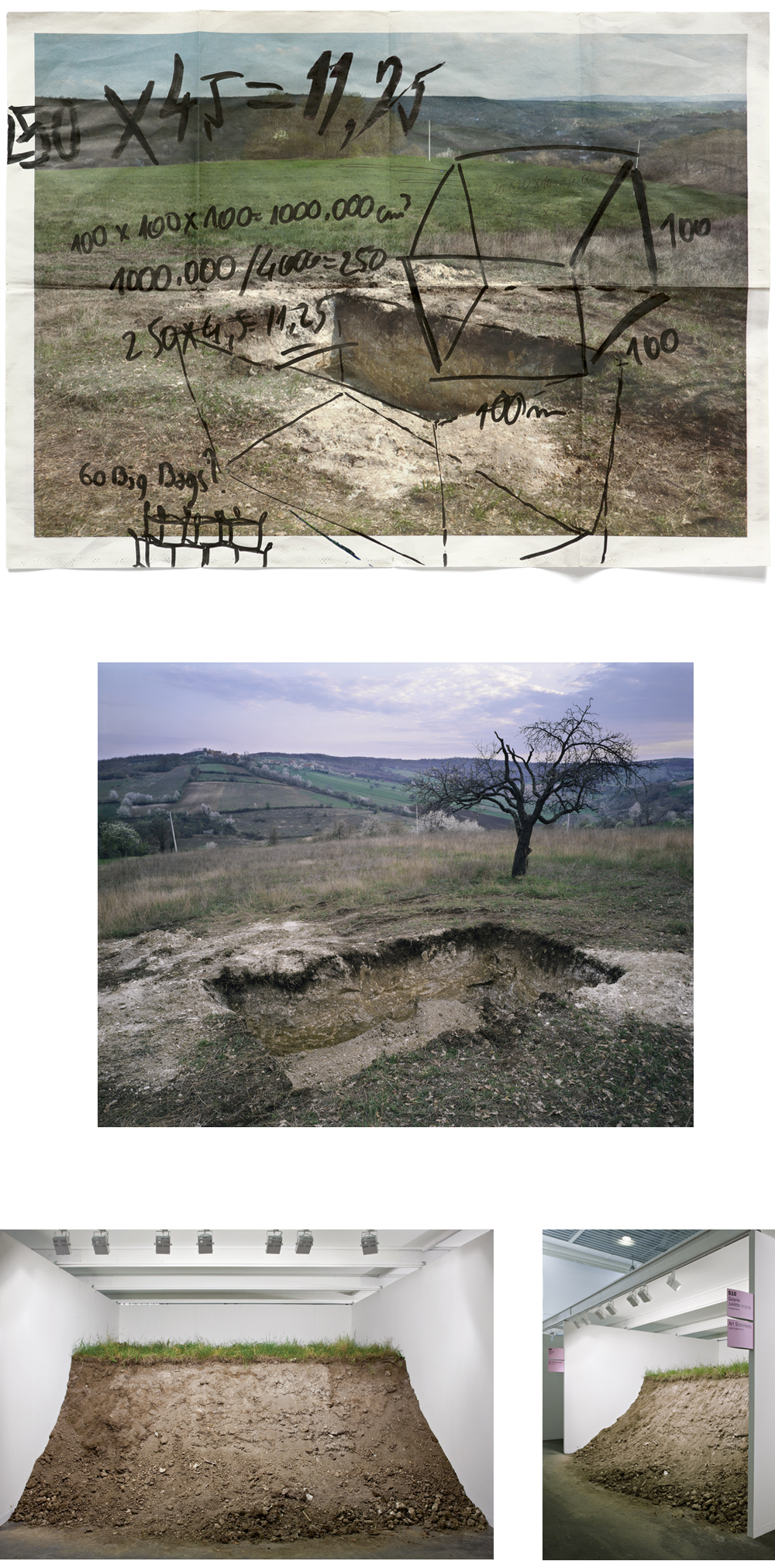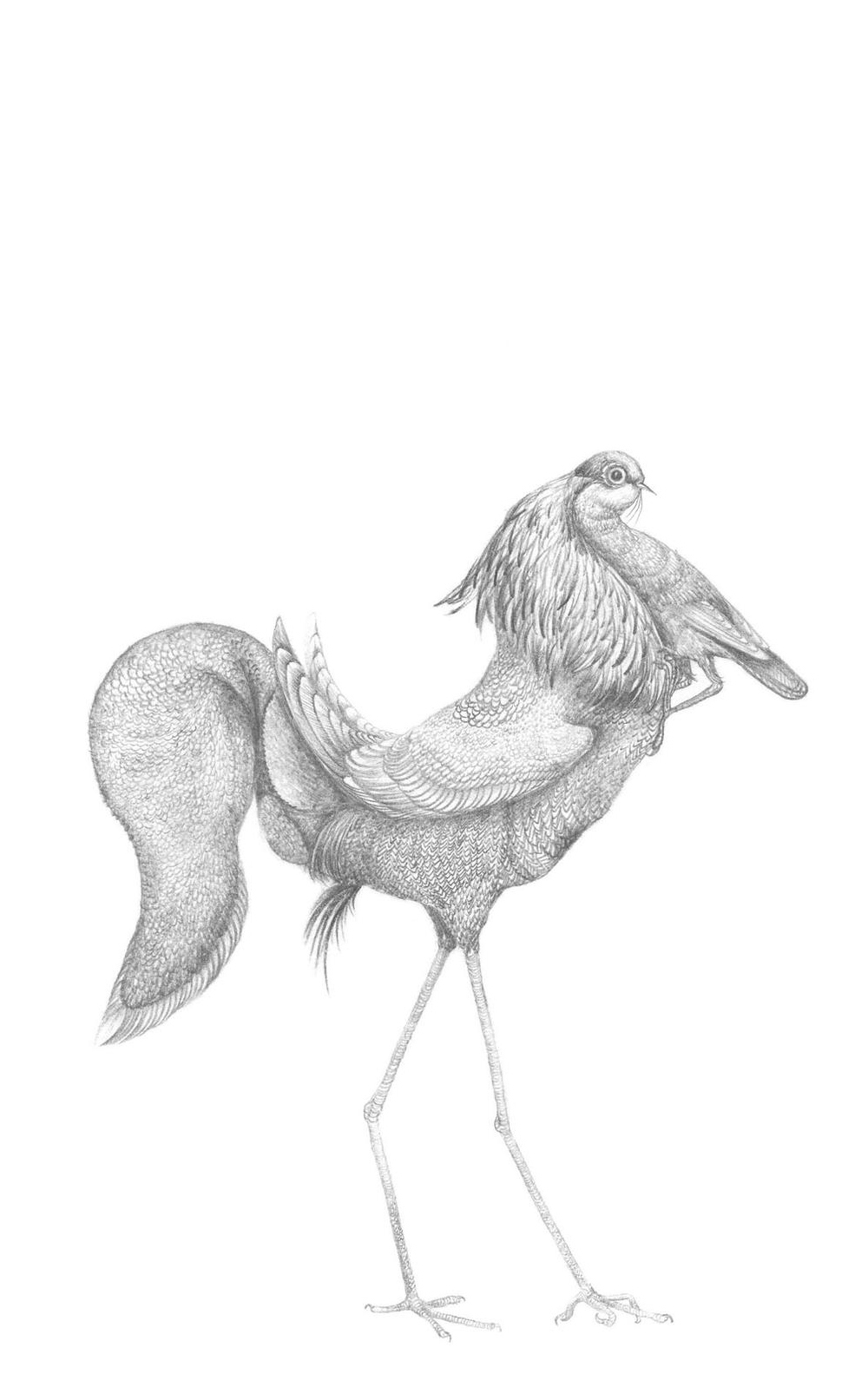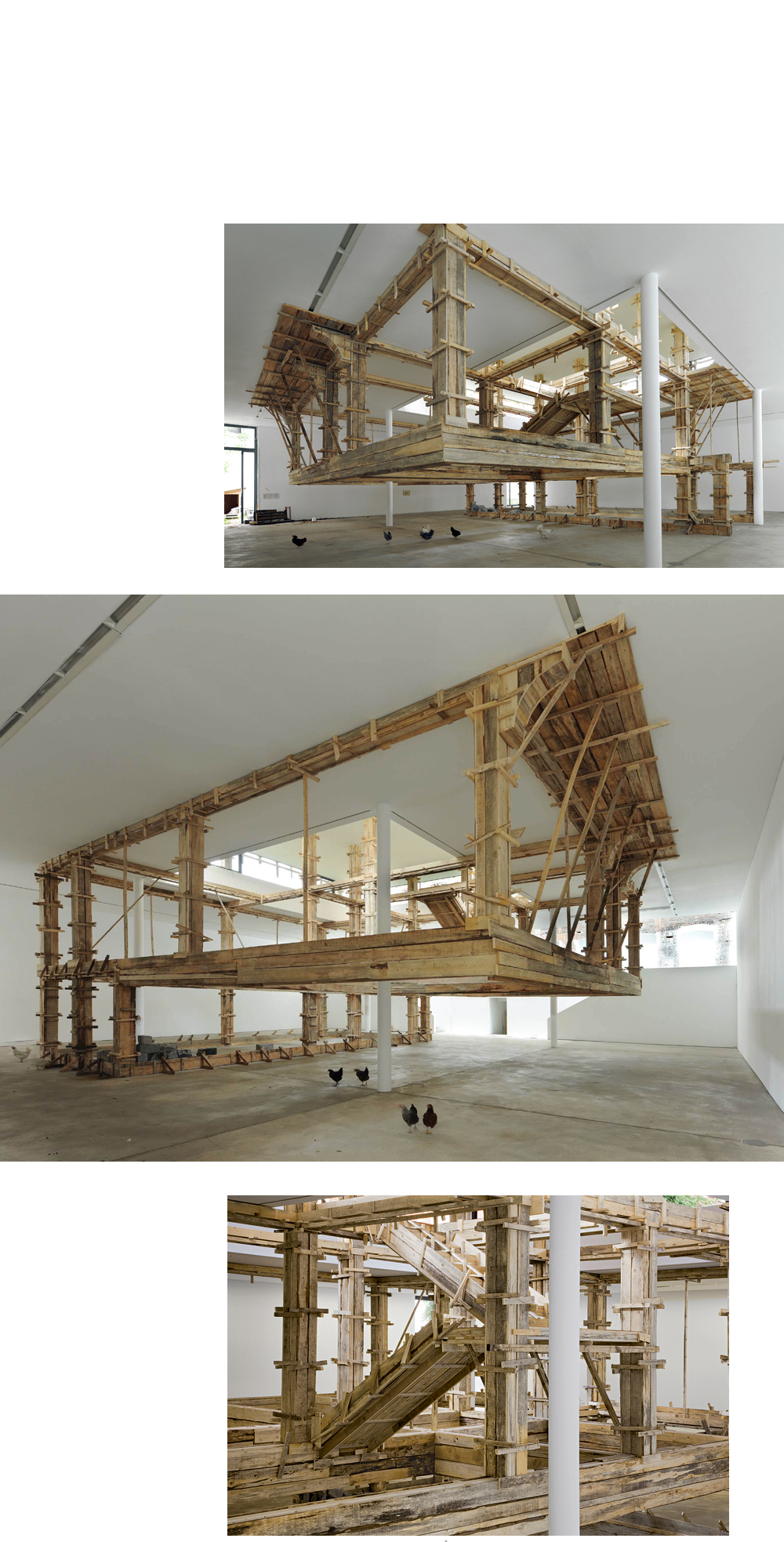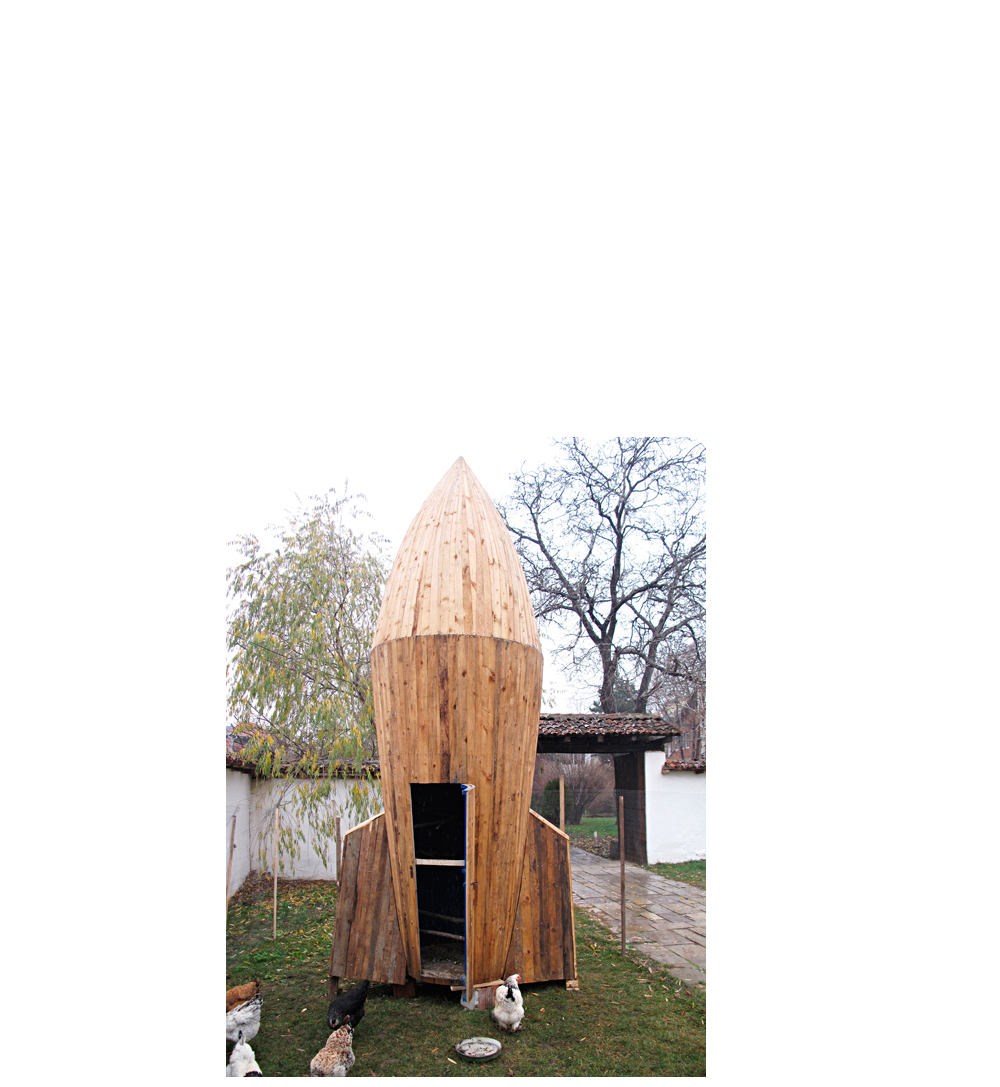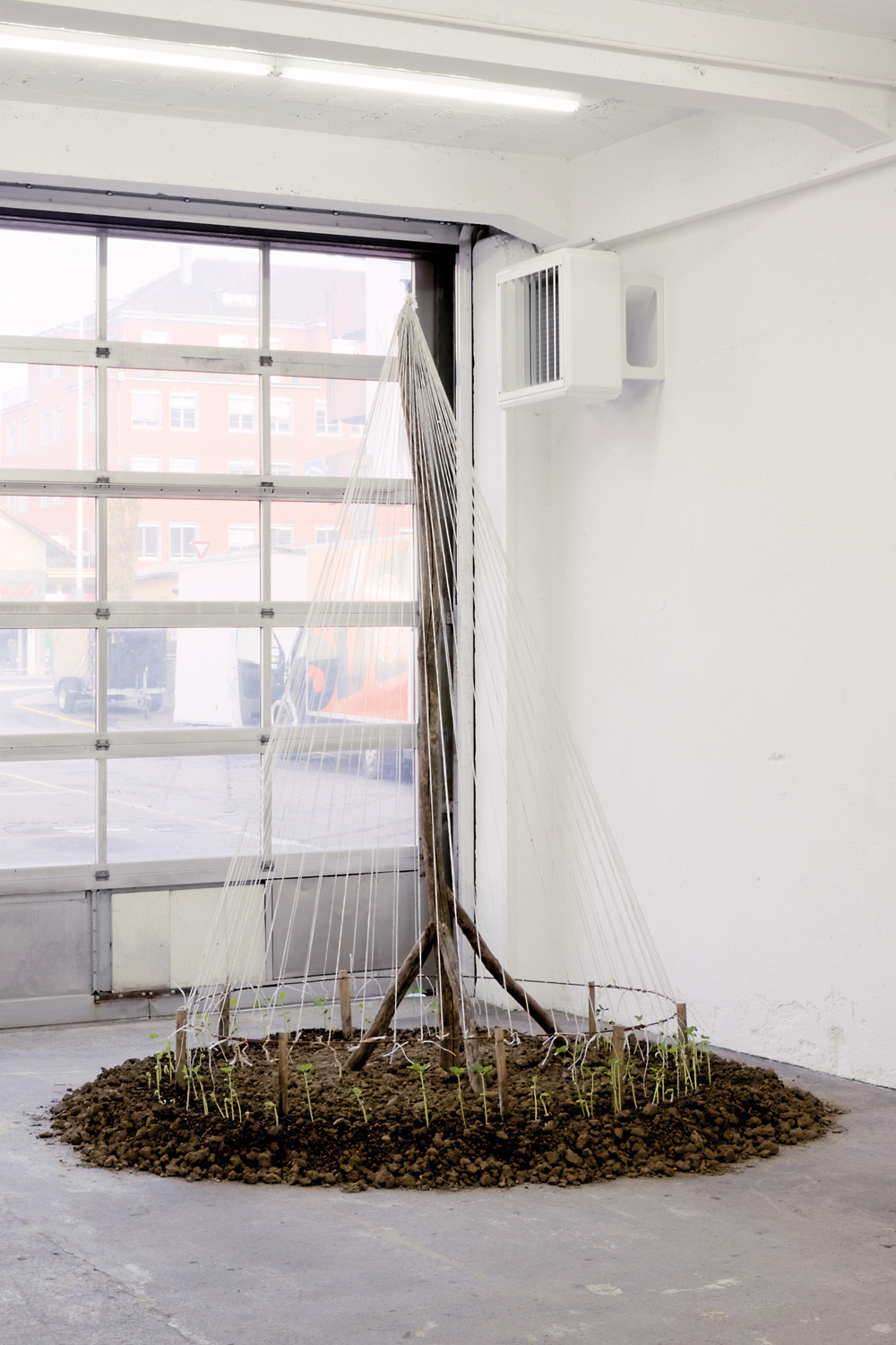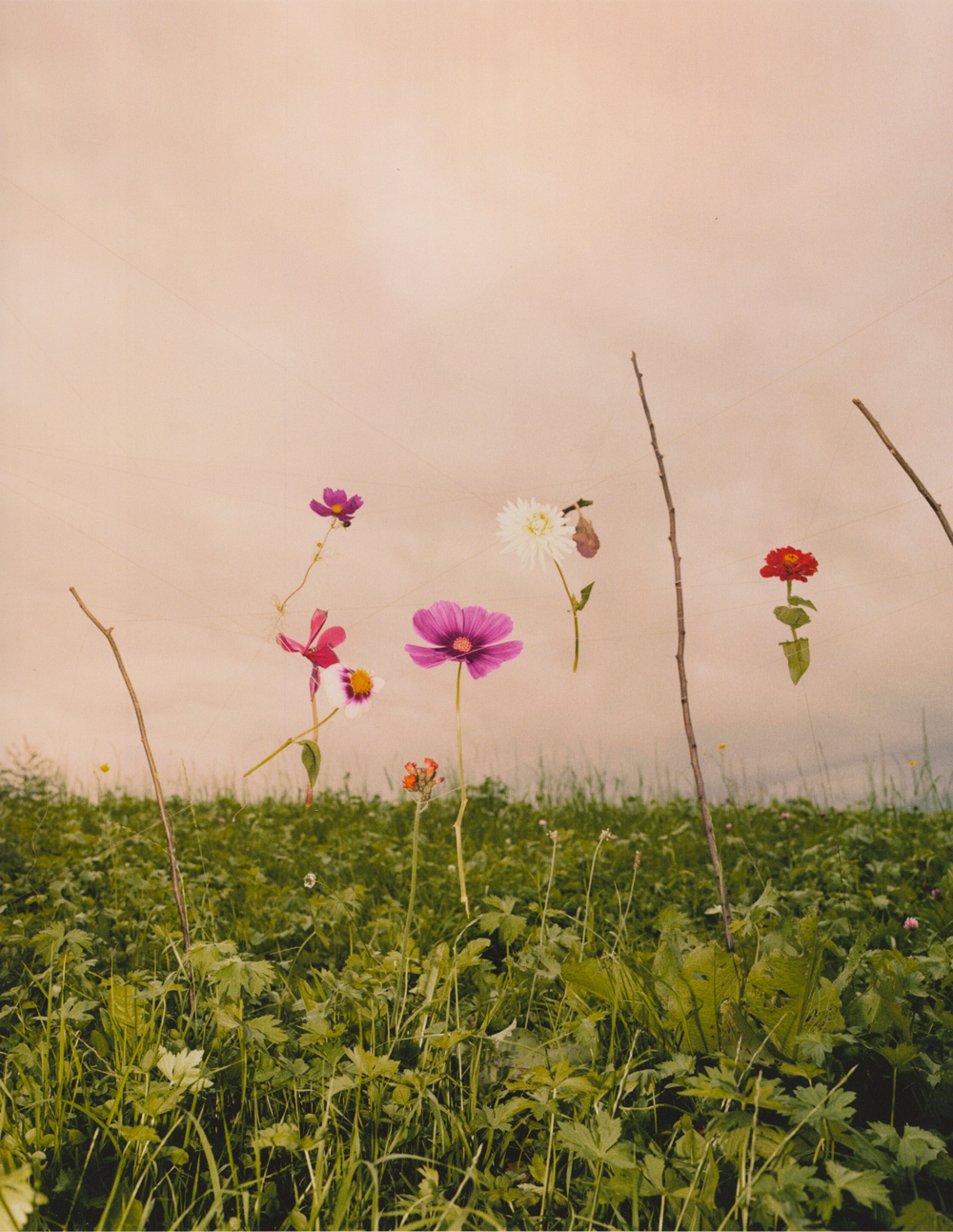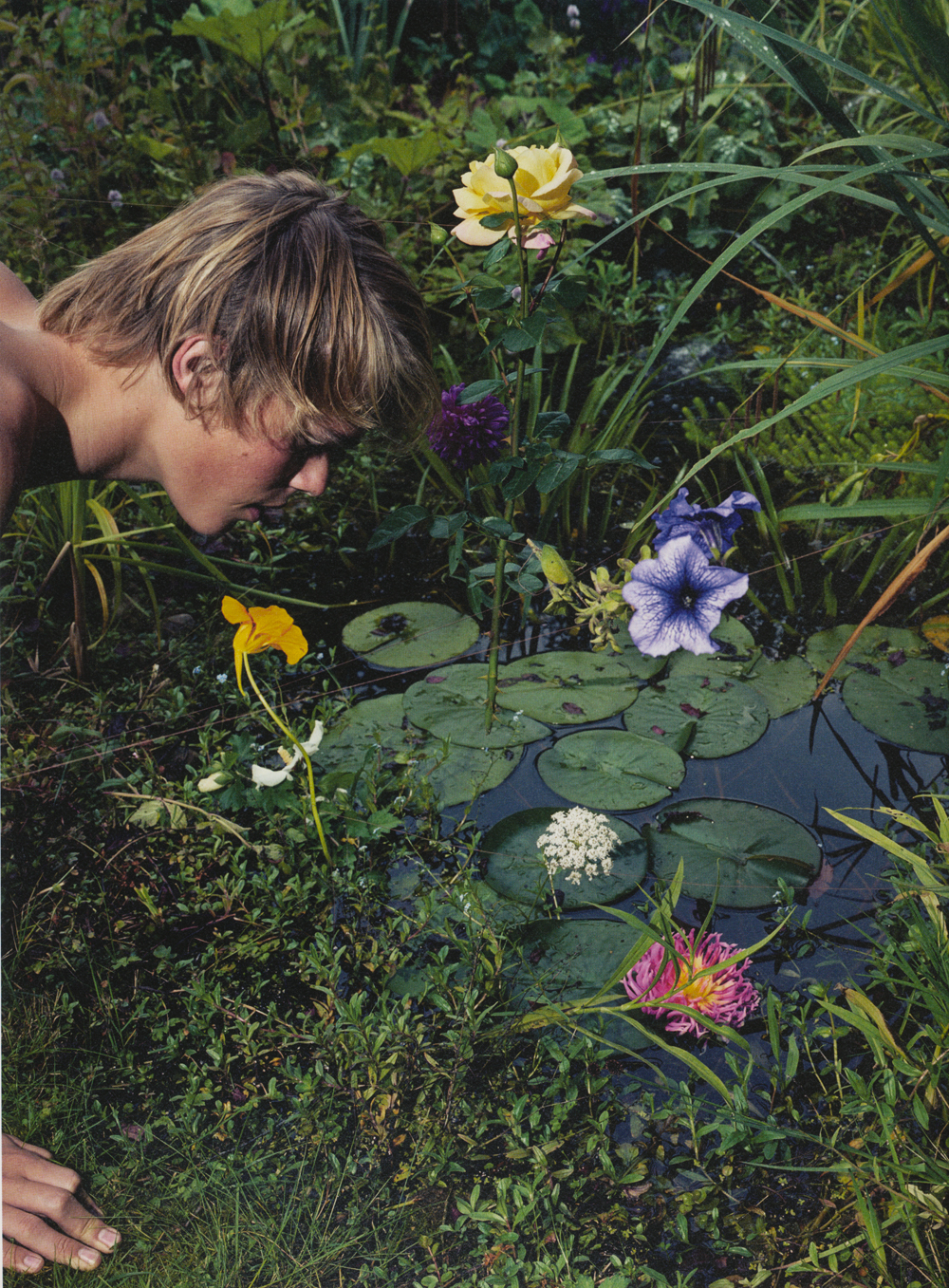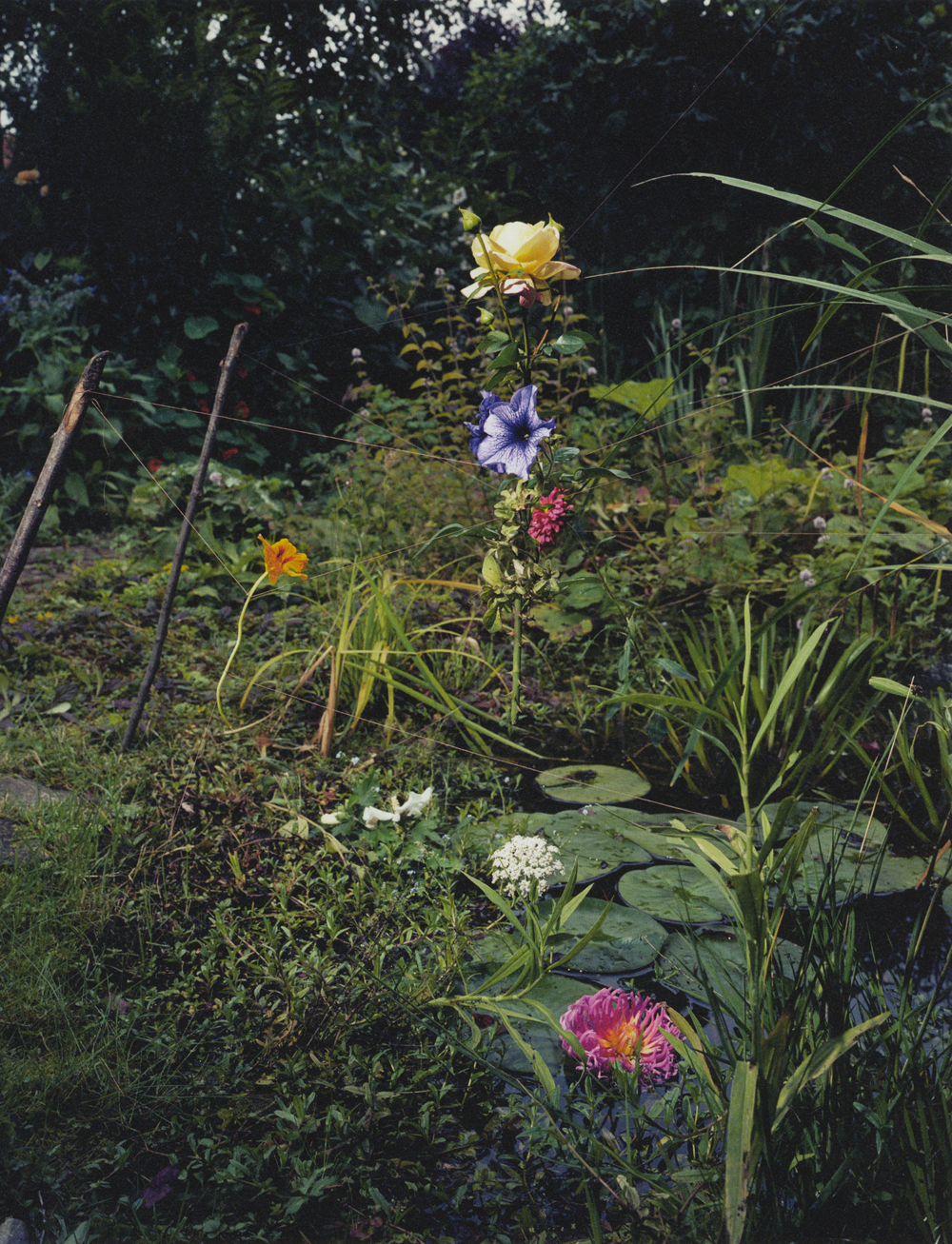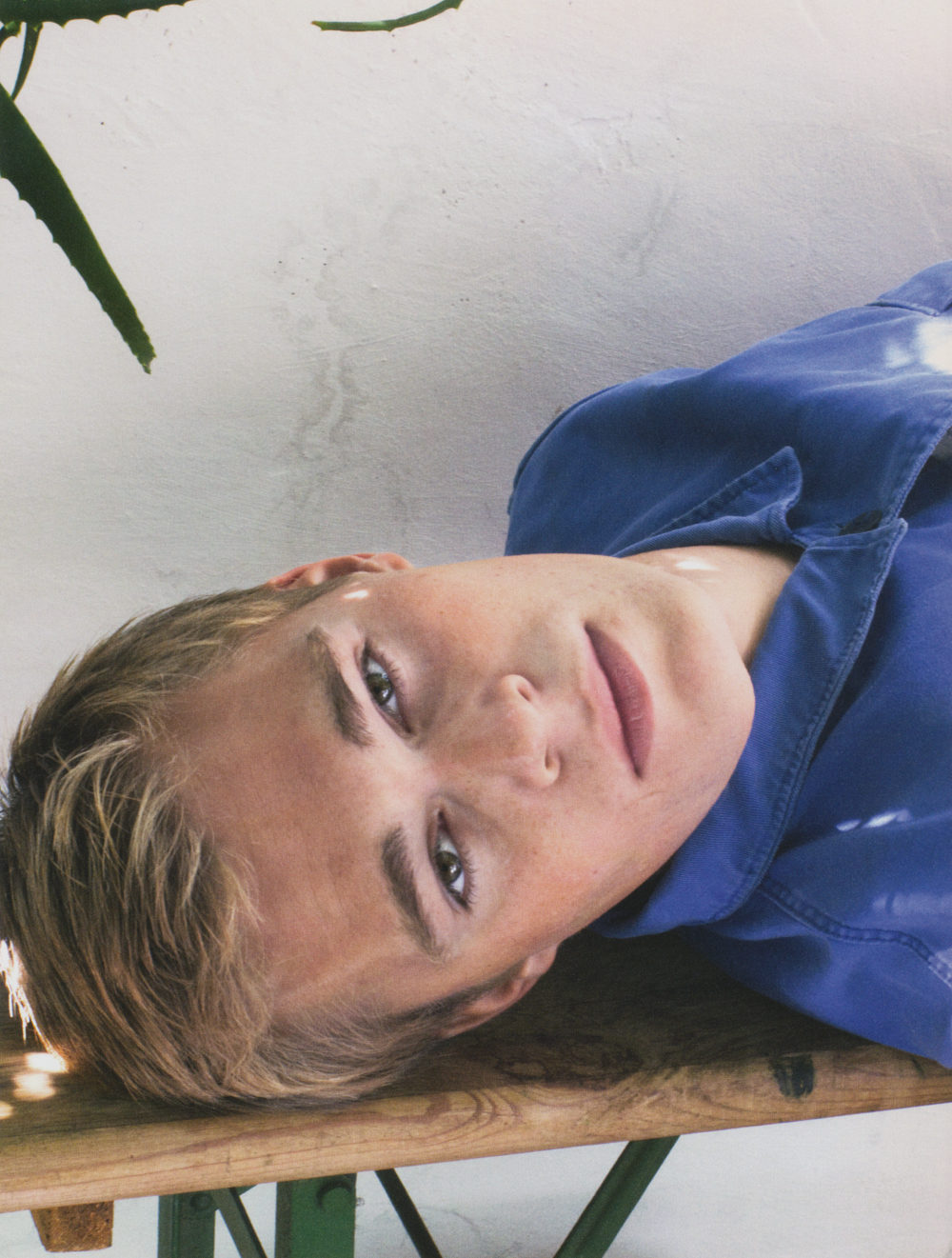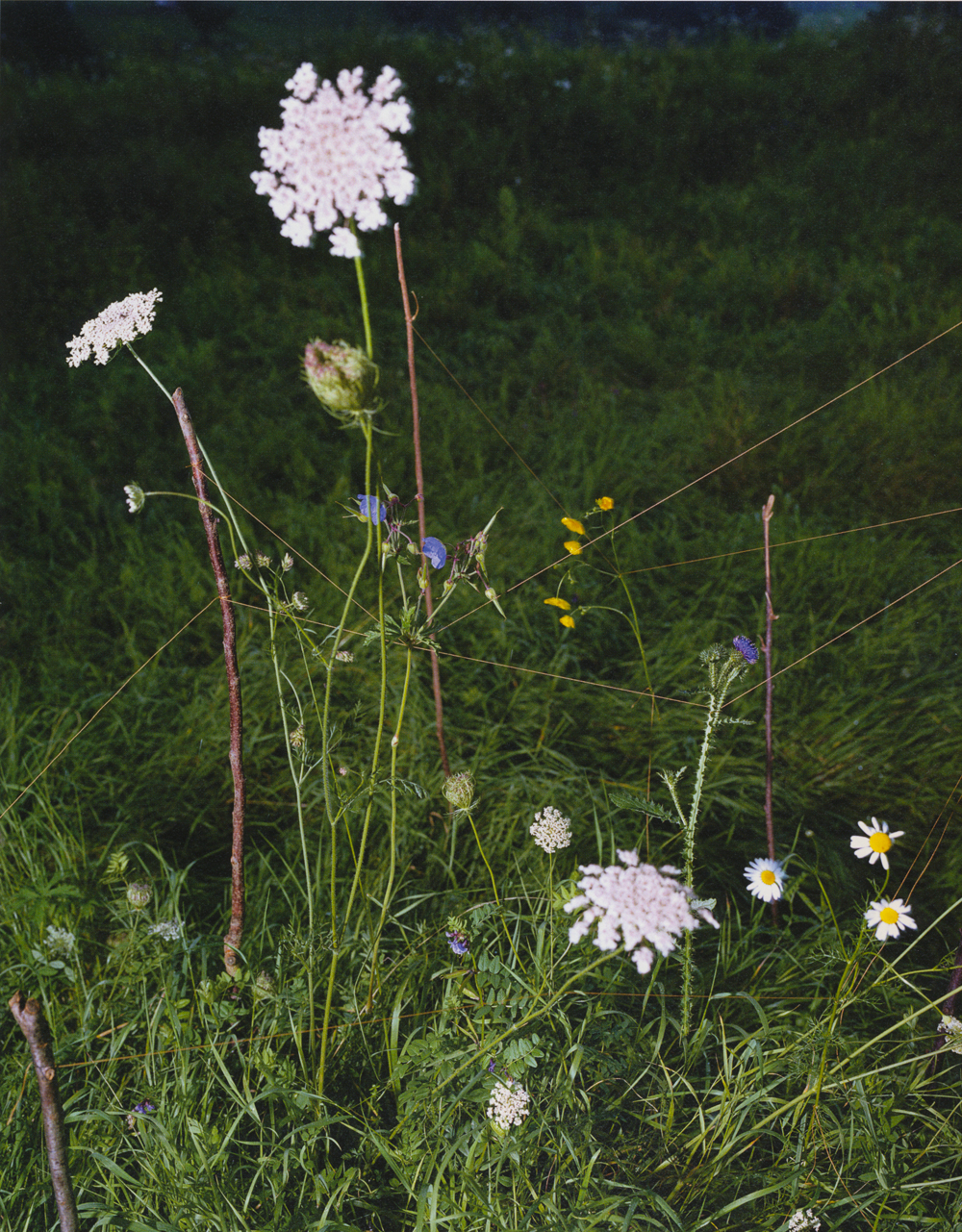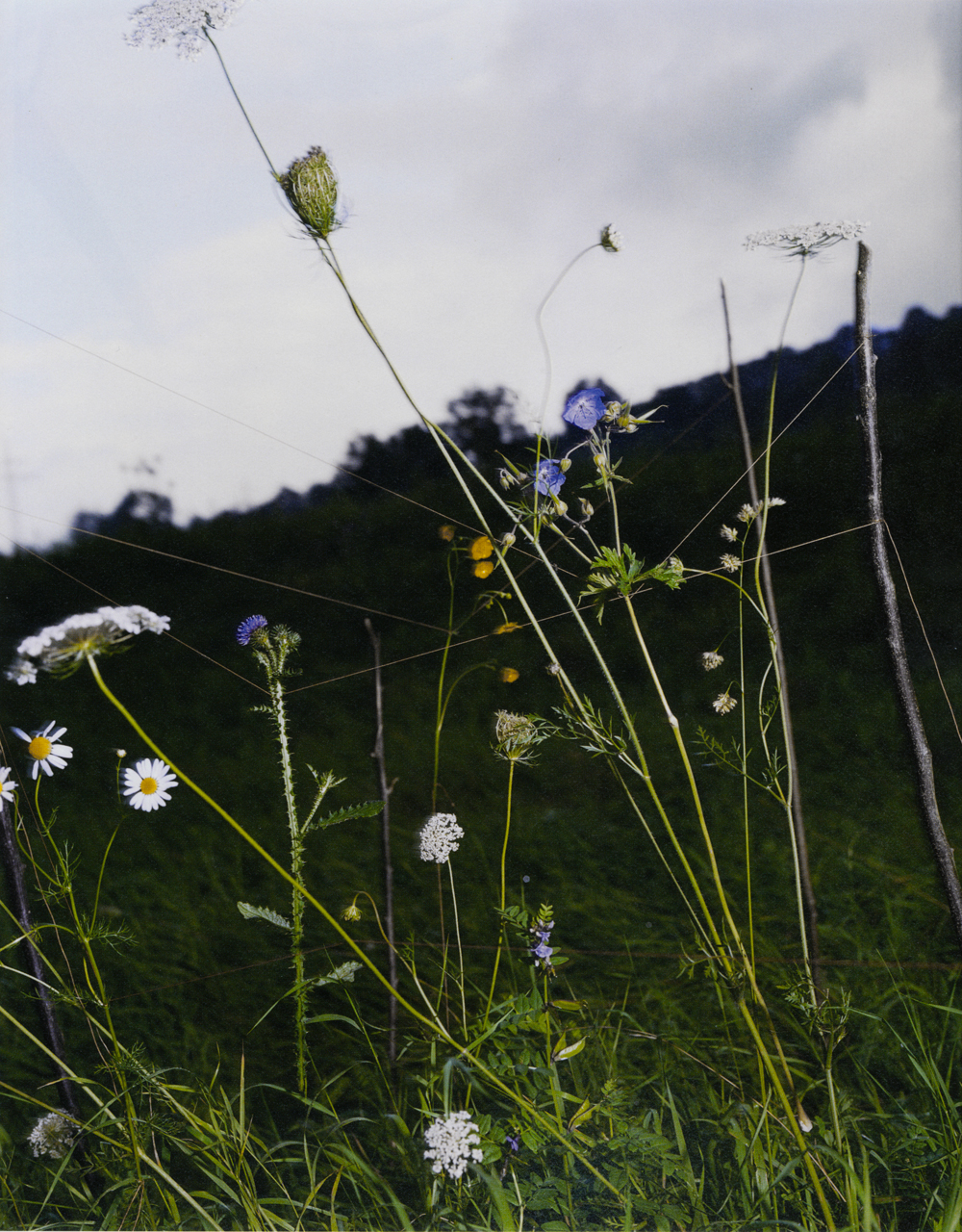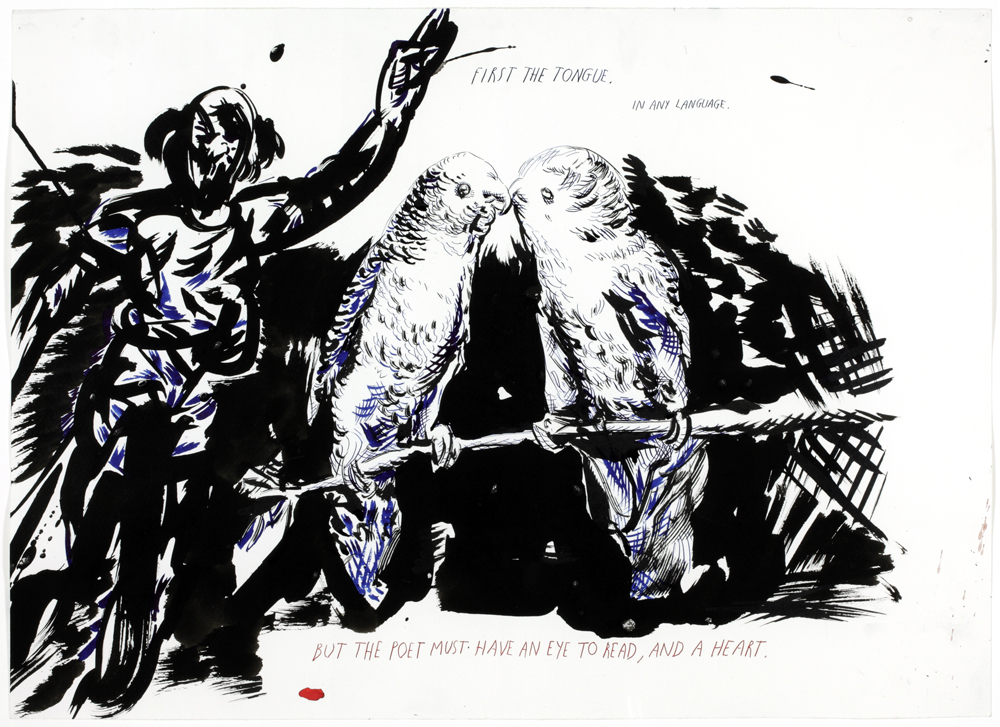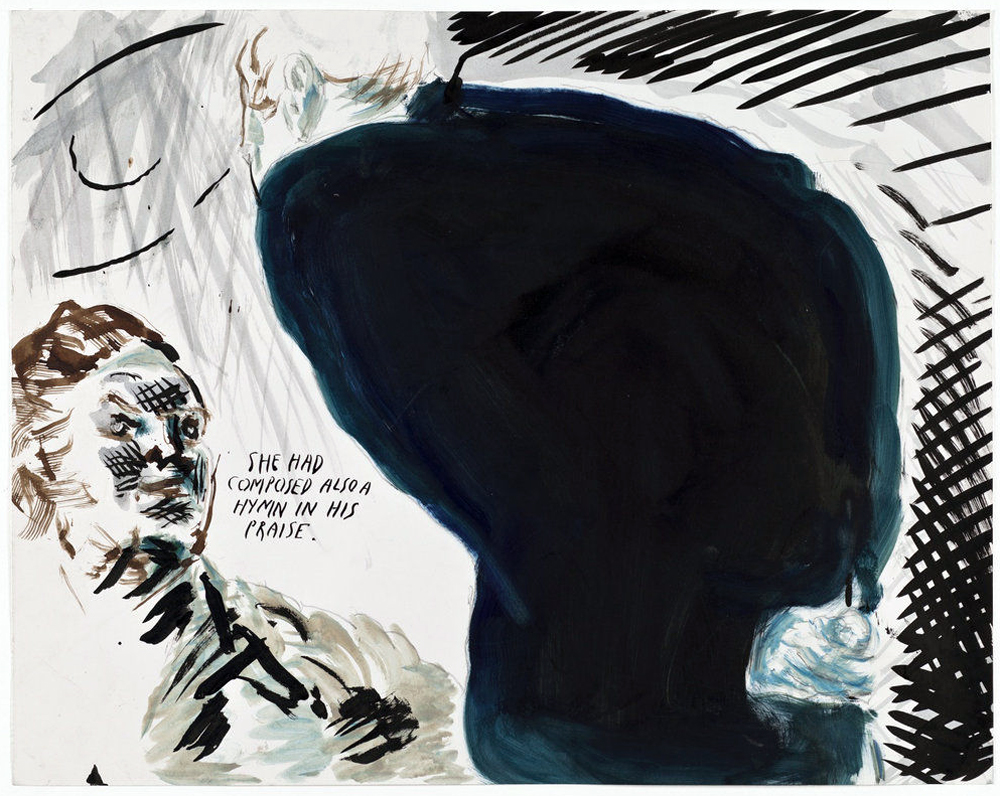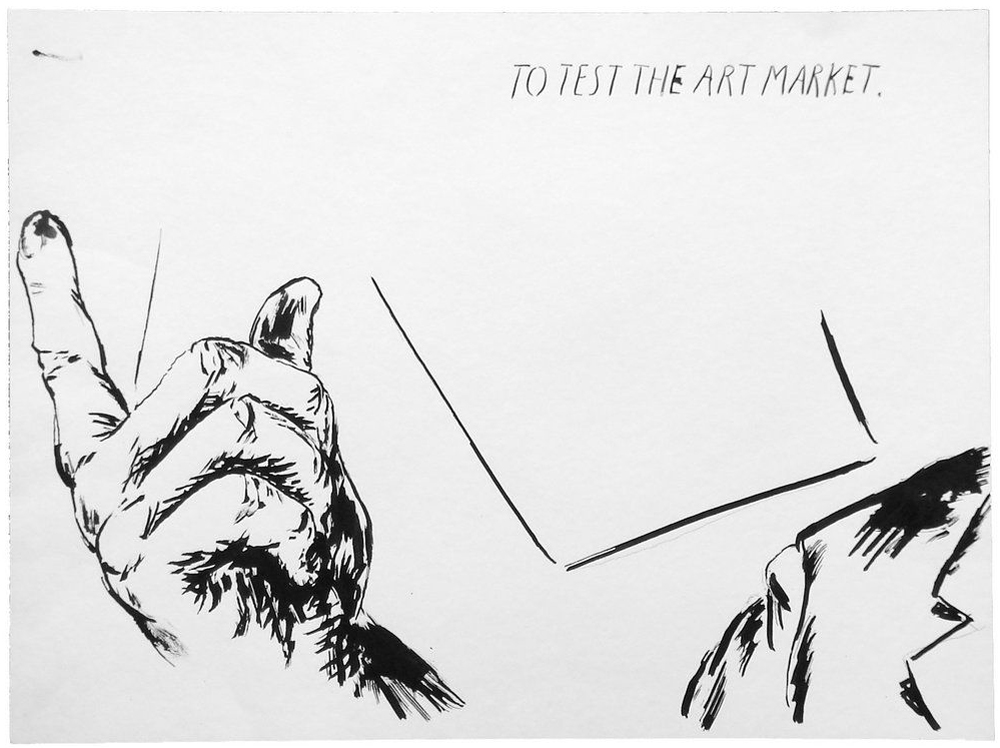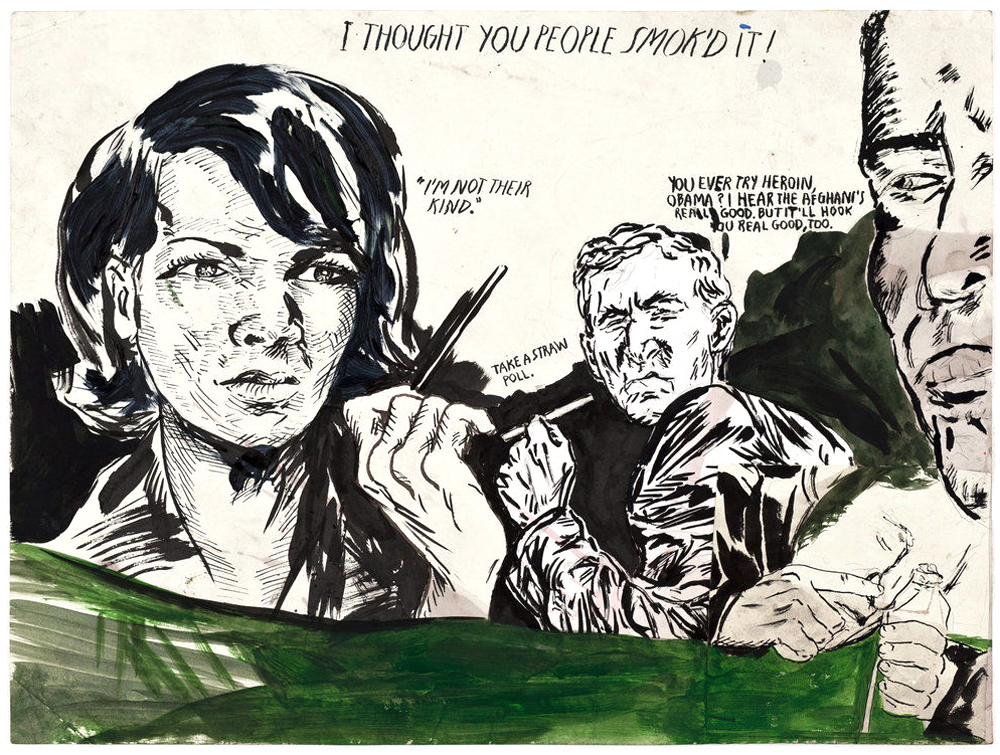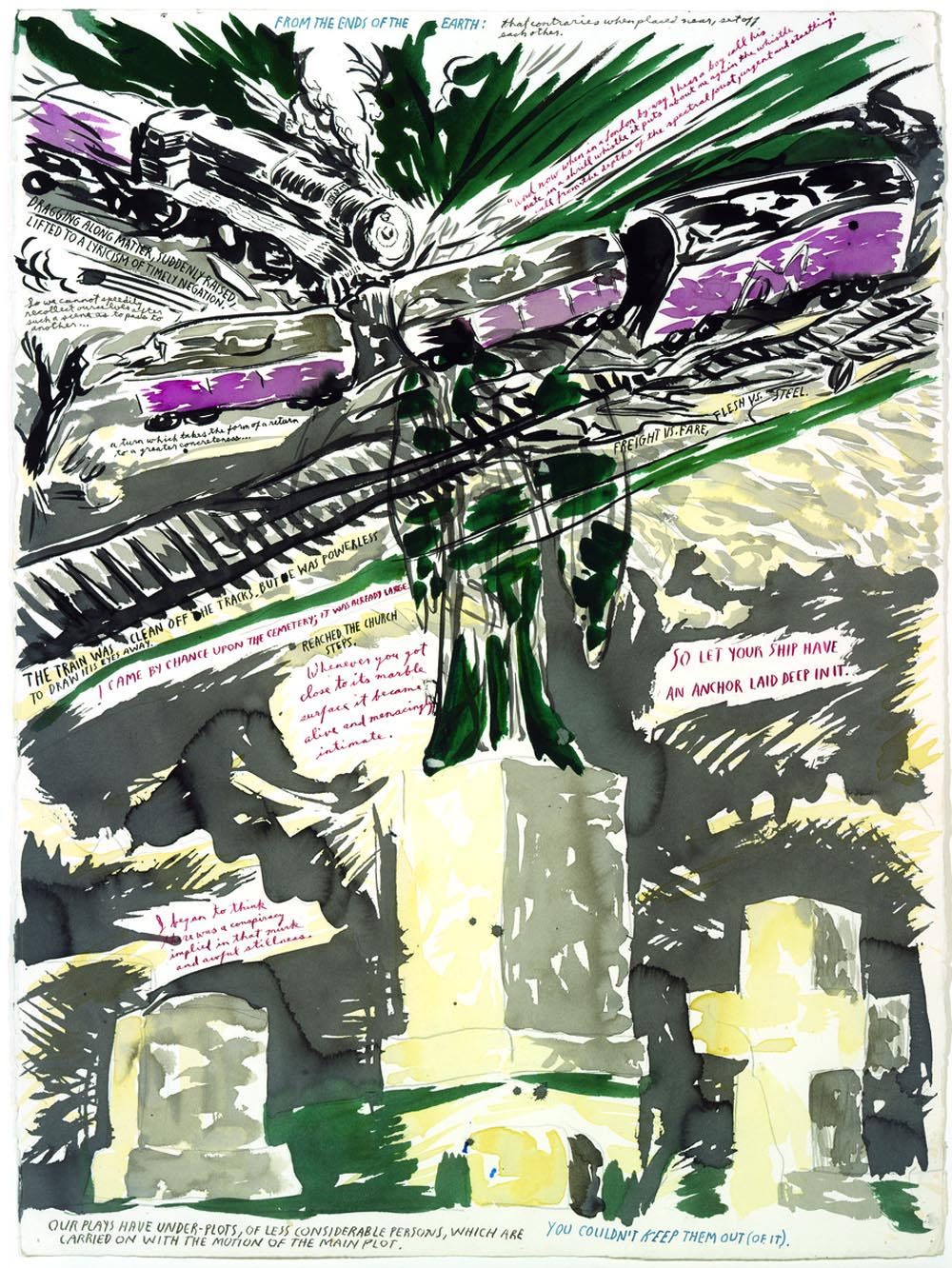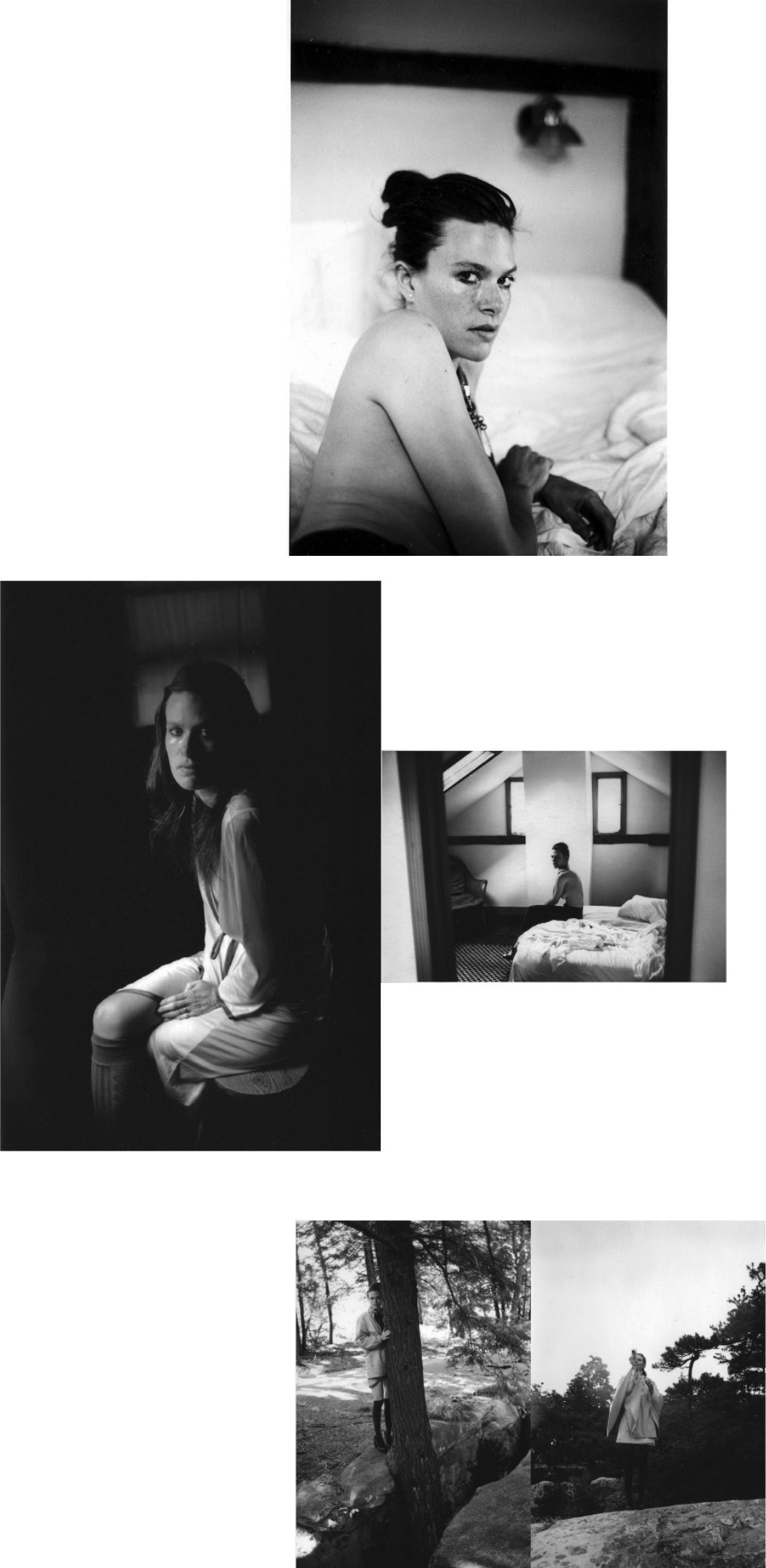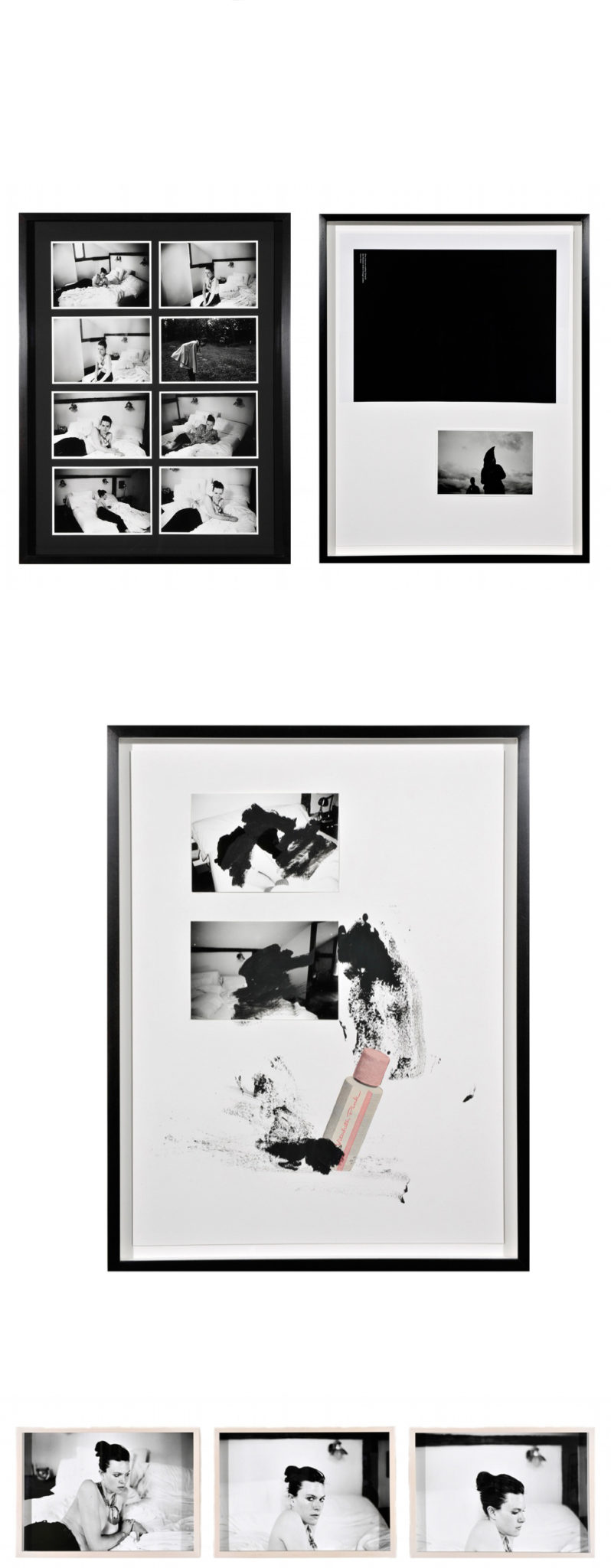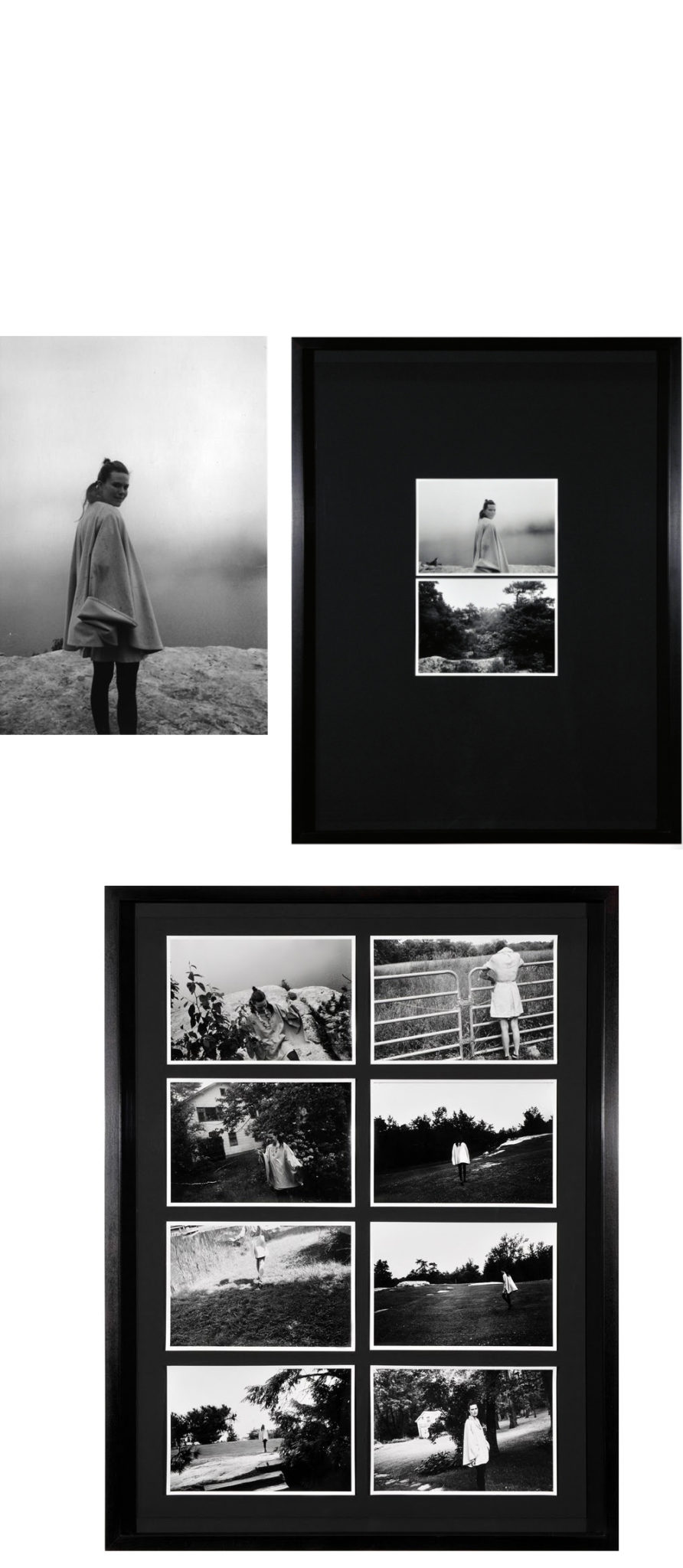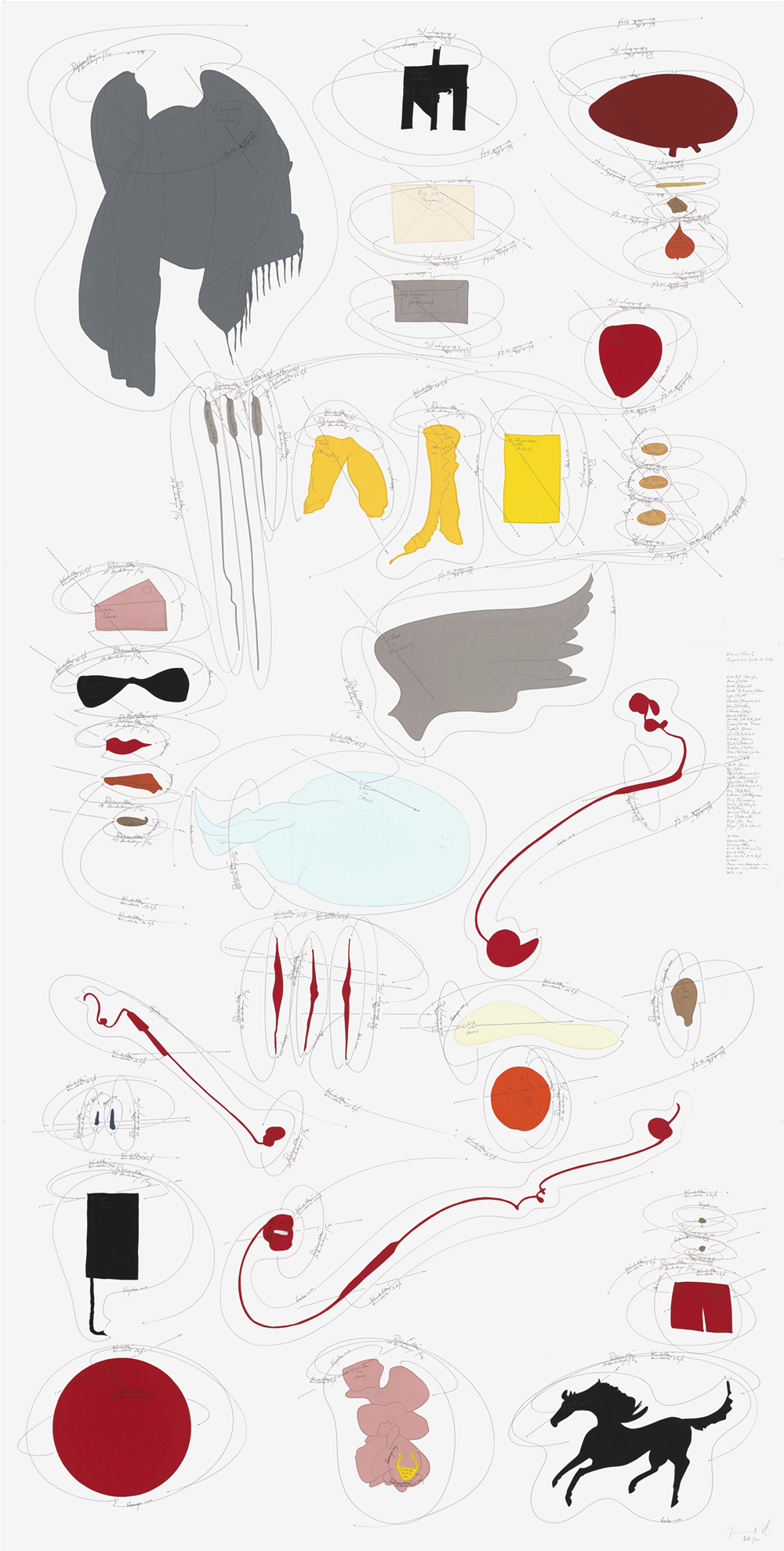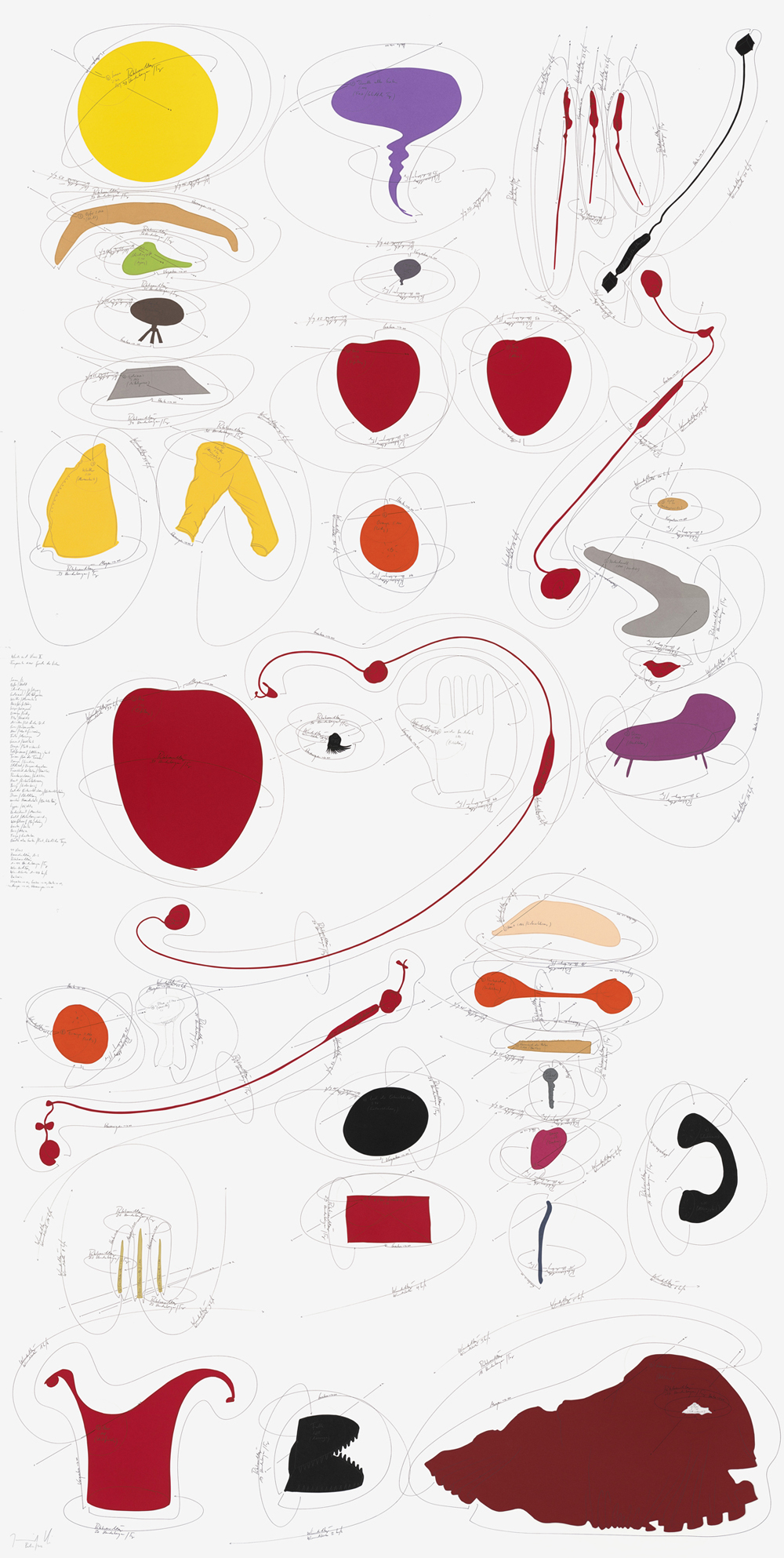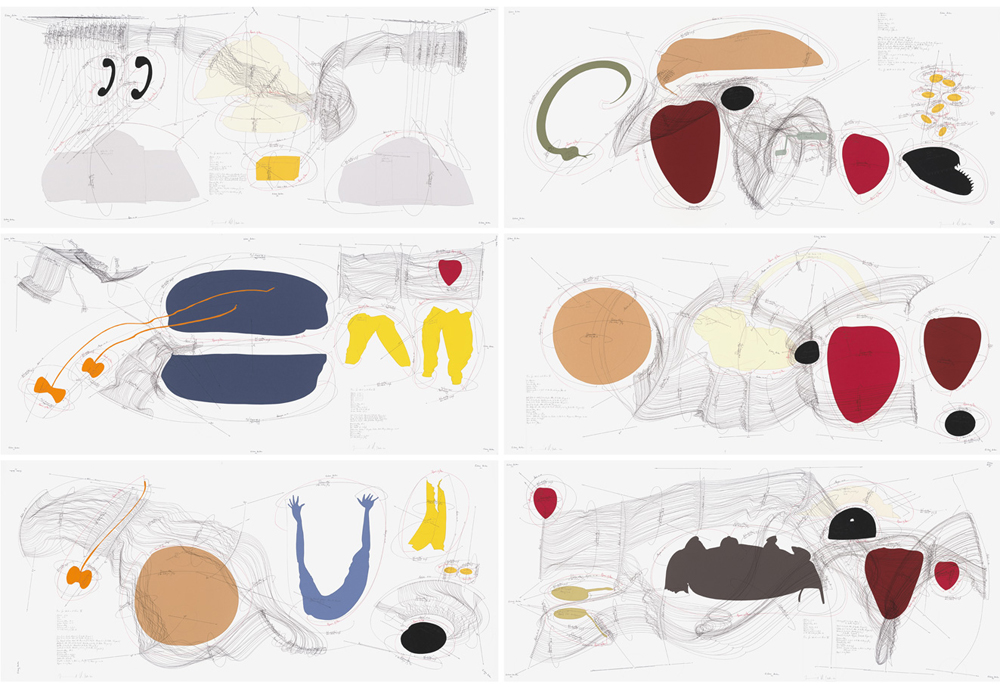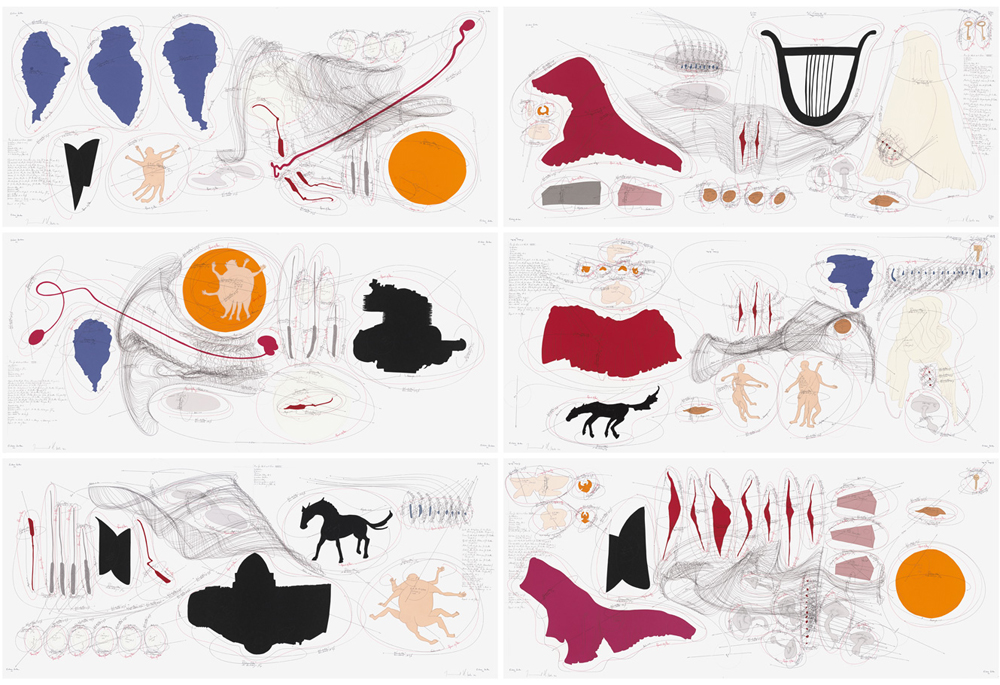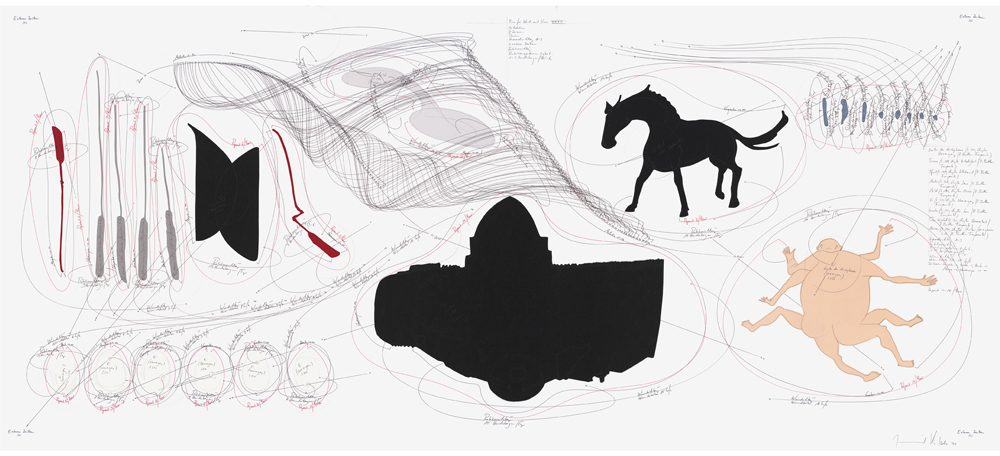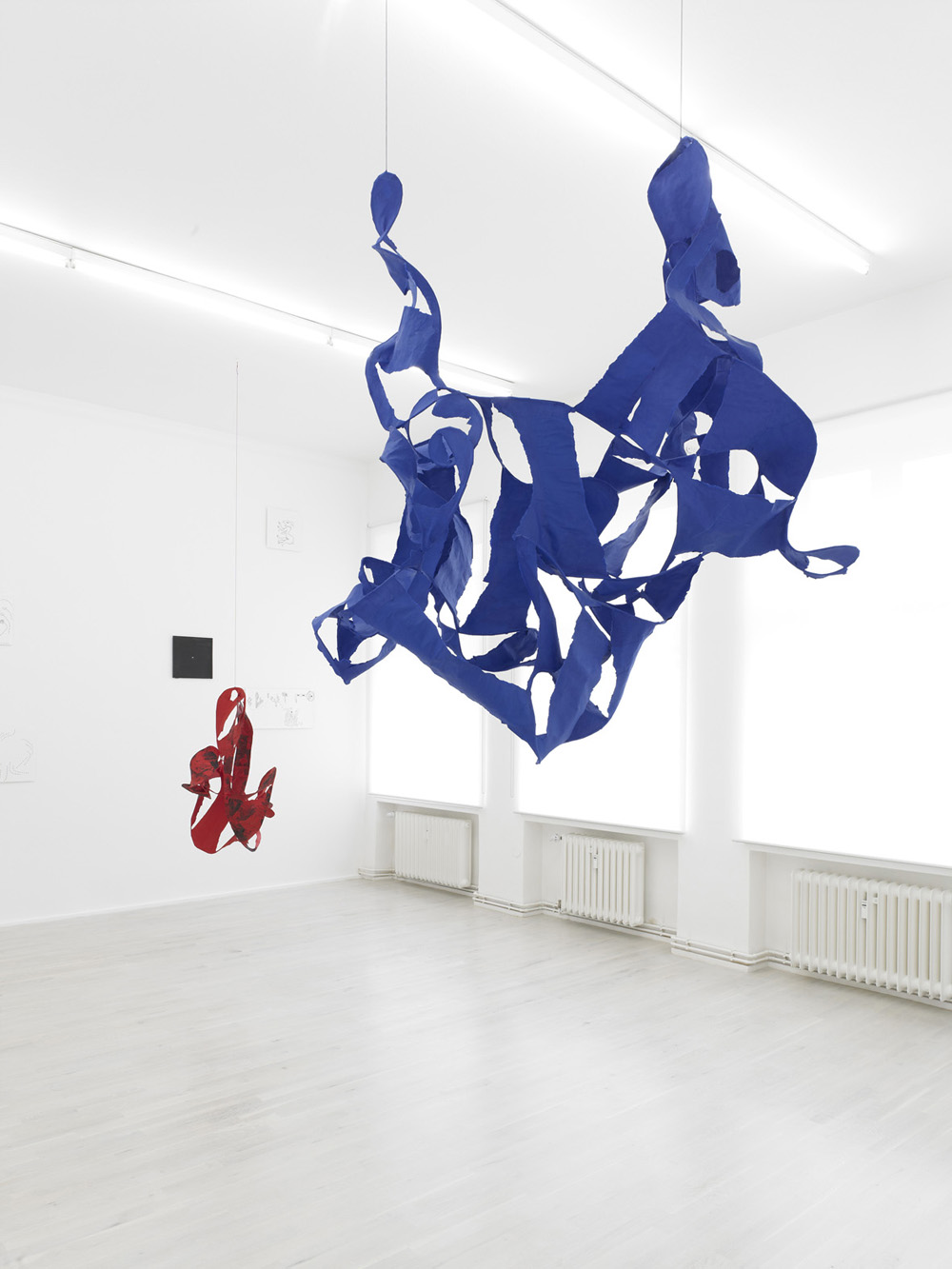
We Are Silently Illiterate
exhibition view at Wien Lukatsch, September – October 2011
–

We Are Silently Illiterate
exhibition view at Wien Lukatsch, September – October 2011
–
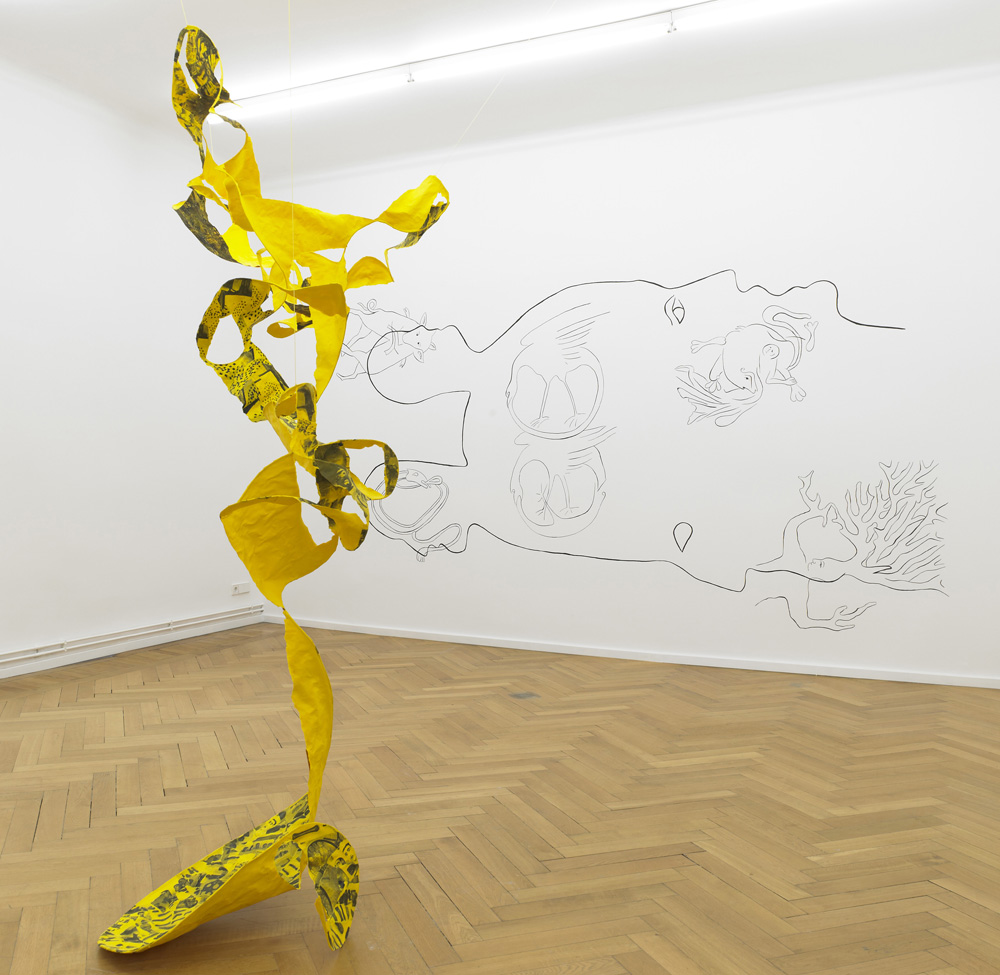
Like a hundred mirrors, I reflect your body, 2011
Papier maché, aluminium wire, laser prints
300 x 285 x 130 cm
–
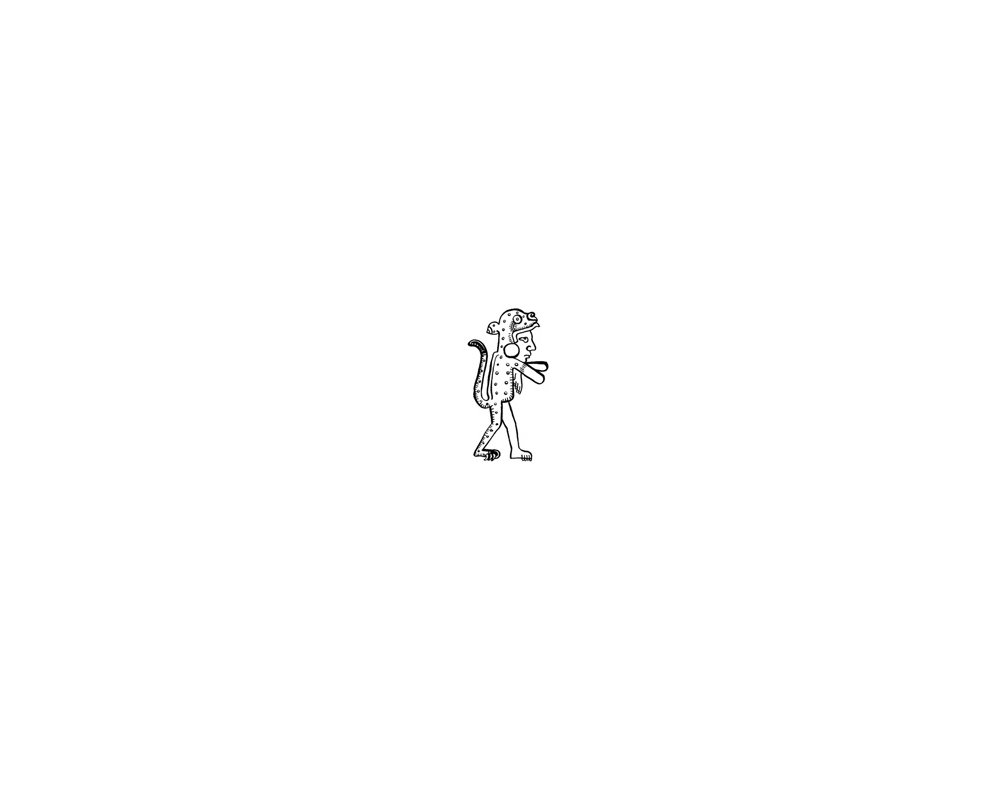

Between you and the image of you that reaches me, 2010
Installation composed by three elements
Courtesy galerie Wien Lukatsch, Berlin
–
–
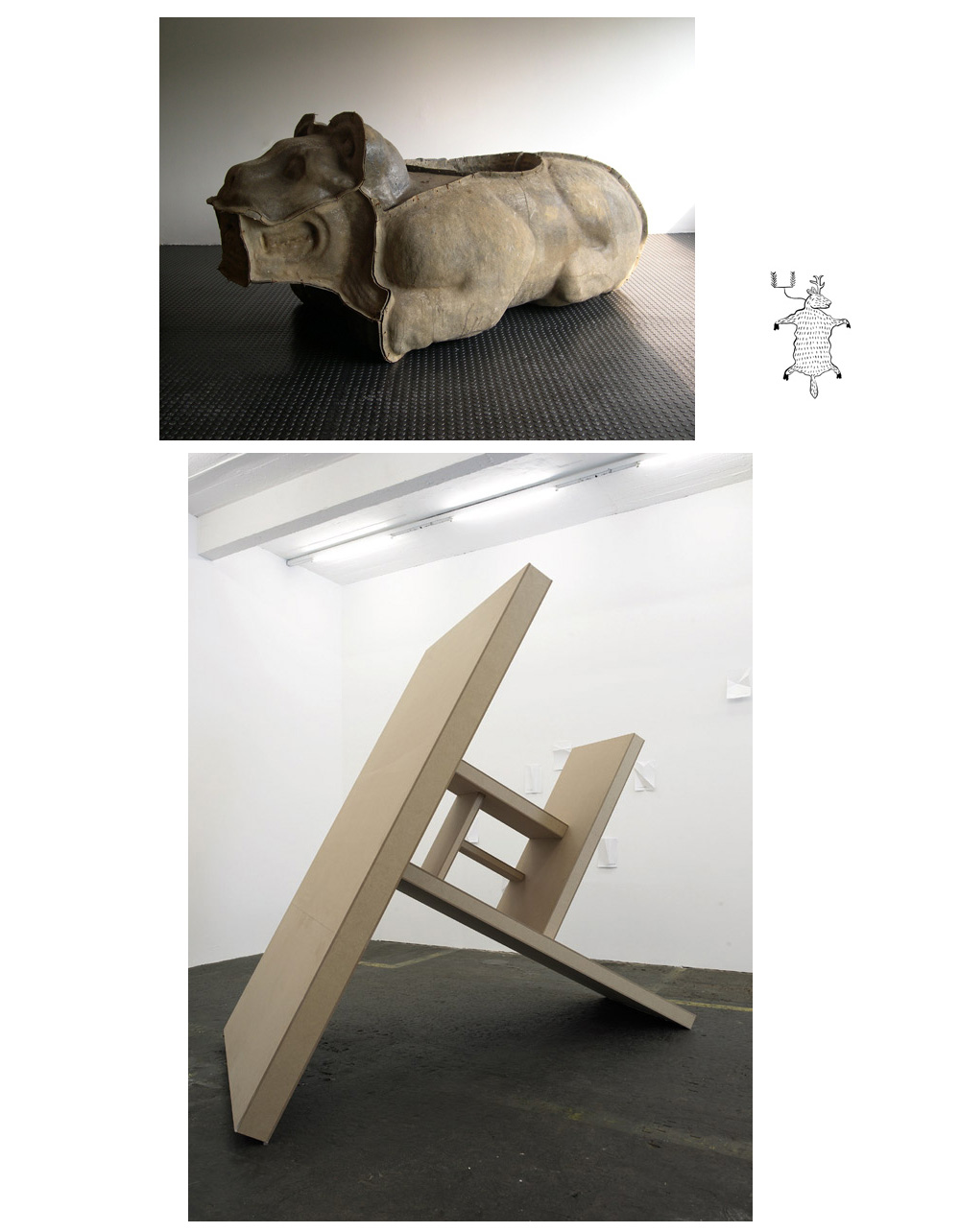
Entropology, 2009
Estas Ruinas que ves (These Ruins you see), 2006
courtesy: Museo de Arte Carrillo Gil, Messico City
Kaleidoscopic Eye, (exhibition view), 2009
courtesy: courtesy: Kunsthalle St. Gallen, St. Gallen
–
–
–

Do ut Des, (exhibition view), 2010
courtesy: Koelnischer Kunstverein, Cologne
–
–

Estas Ruinas que ves (These Ruins you see), 2006
courtesy: Museo de Arte Carrillo Gil, Messico City
Do ut des, 2009
Books, sandblasted, dimensions variable
Part of the installation “Between you and the image of you that comes to me”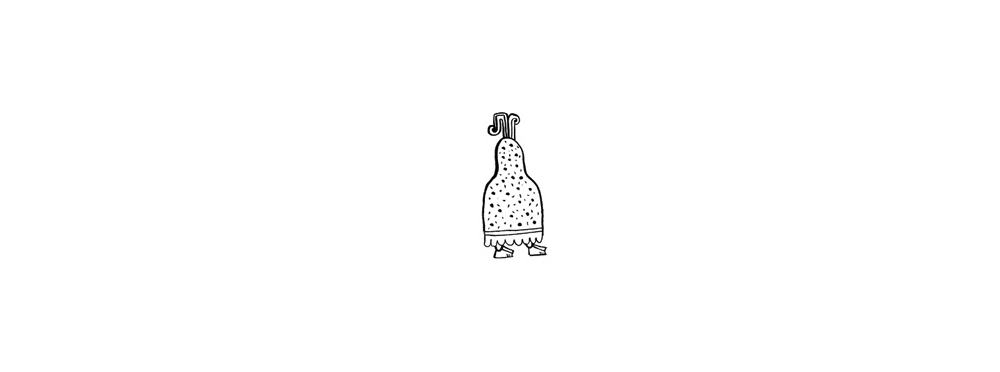
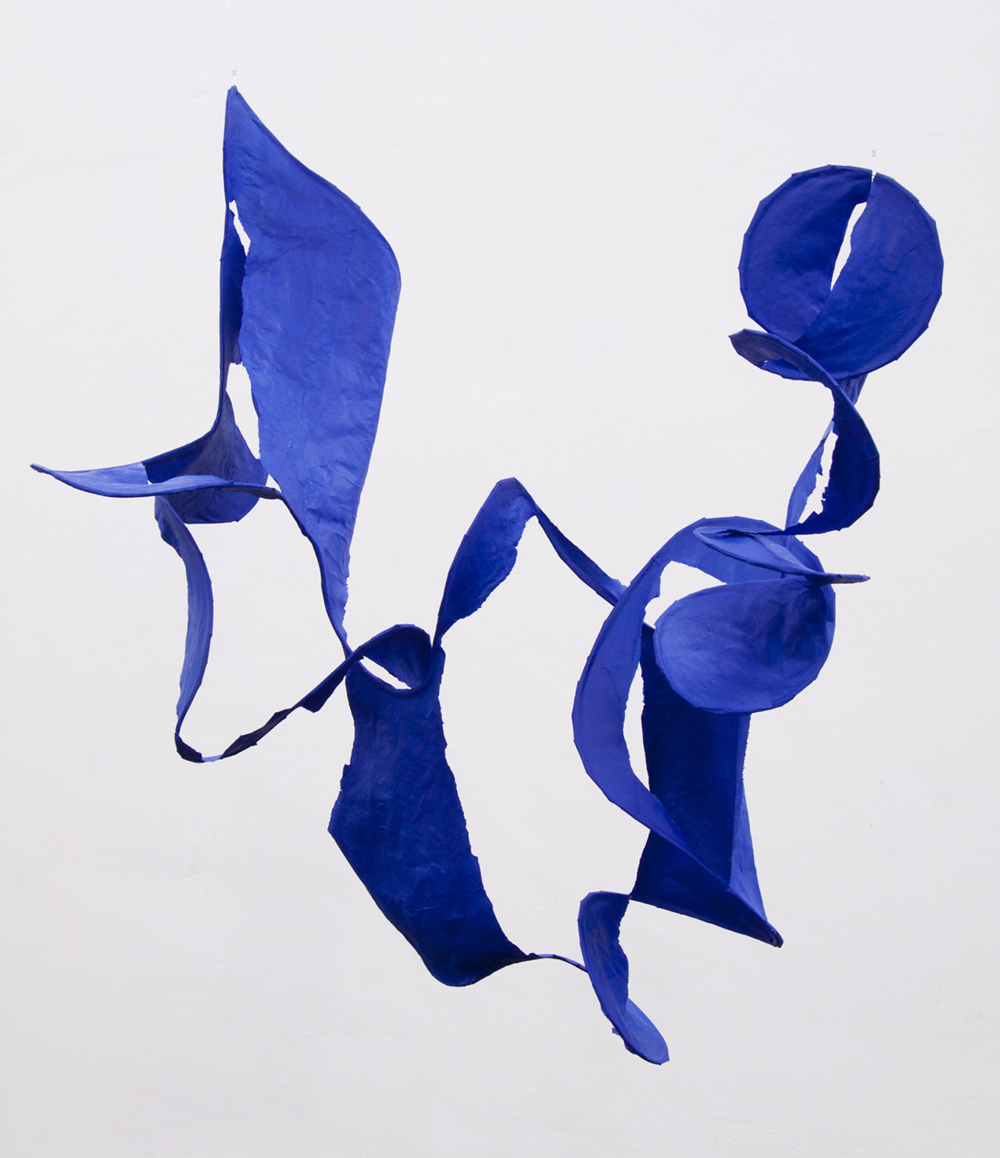
Il filo e le tracce , 2011
Aluminium and papier maché structure
88 x 87 x 80 cm
Courtesy of the artist
–
–
–
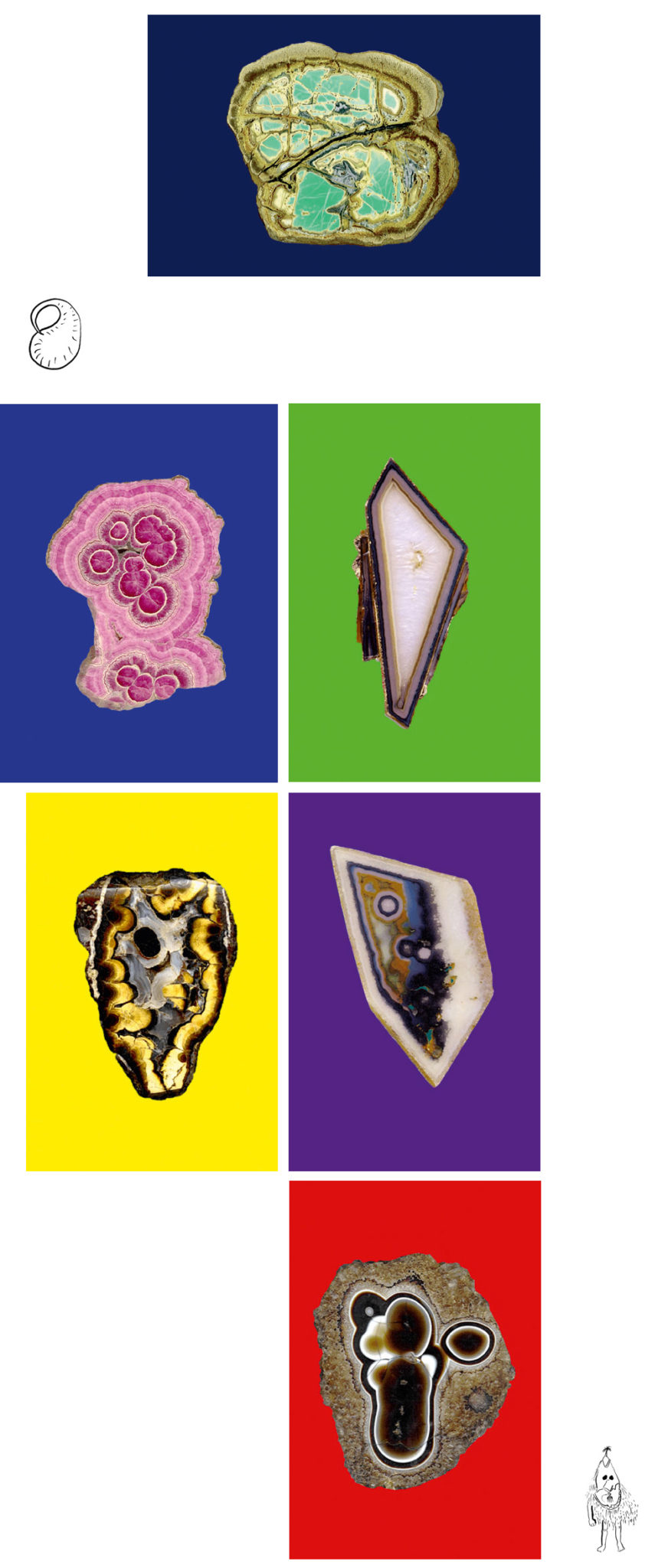
Mémoire Interlope, 2010
From the collection of stones of Roger Caillois,
held at the museum of Natural History, Paris
all drawings from the book: Mariana Castillo Deball & Roy Wagner , Coyote Anthropology: A Conversation in Words and Drawings published by Hatje Cantz
all images courtesy Wien Lukatsch and the artist (unless stated otherwise)
–
MARIANA CASTILLO DEBALL‘s work examines historical fragments, documents, and objects in a new light. She takes on the role of amateur archaeologist as she works with found objects and fragments that she reproduced, damaged or falsified; even though it is clear that her view is not obscured by a reverence for ancient cultures. Rather she analyses the role of objects and the media for their storage as tools of modern cultural production to revitalize the aura of these objects: I’m interested less in the meaning of the artefacts than in the way people treat them, how they are manipulated.
During her research, she looks for institutions that house collections, classifications, catalogues and (re-)presentations of cultural assets, such as libraries, museums and archives, and which represent a symbolic classification of the world. After the process of collecting and selecting information, she creates site-specific installations, objects, photographs, video and audio-works, that reflect upon fictional encounters with objects and places.
MARIANA CASTILLO DEBALL was born in 1975 in Mexico City. Her works were shown in solo shows at the Museum of Latinoamerican Art, Long Beach, Cal. (2010), Kunsthalle St. Gallen (2009), Museum Carrillo Gil, Mexico City (2006), Stedelijk Museum, Amsterdam, and the Center for contemporary art, Maastricht (both 2004), a. o. She participated in the 54th Biennale di Venezia (2011), ars viva 09/10, Migros Museum, Zurich (2010), group shows at Tate Modern, London (2010), the Museum of Contemporary Art, Detroit, ICA, London, de Appel, Amsterdam (2009–10), the Athens Biennial (2009), and Manifesta 7 (2008). She now lives and works in Berlin.
And good news: MARIANA CASTILLO DEBALL will participate at the dOCUMENTA (13) and she will have a solo exhibition this autumn at Zurich’s Haus Konstruktiv for winning the 2012 Zurich Art Prize.
